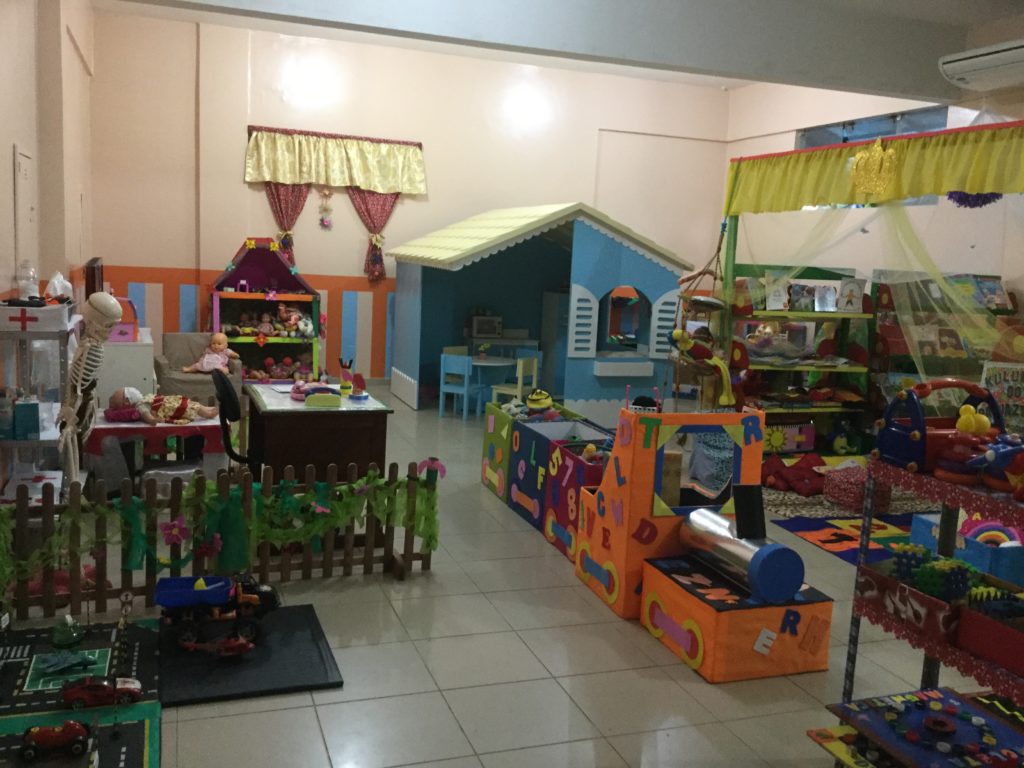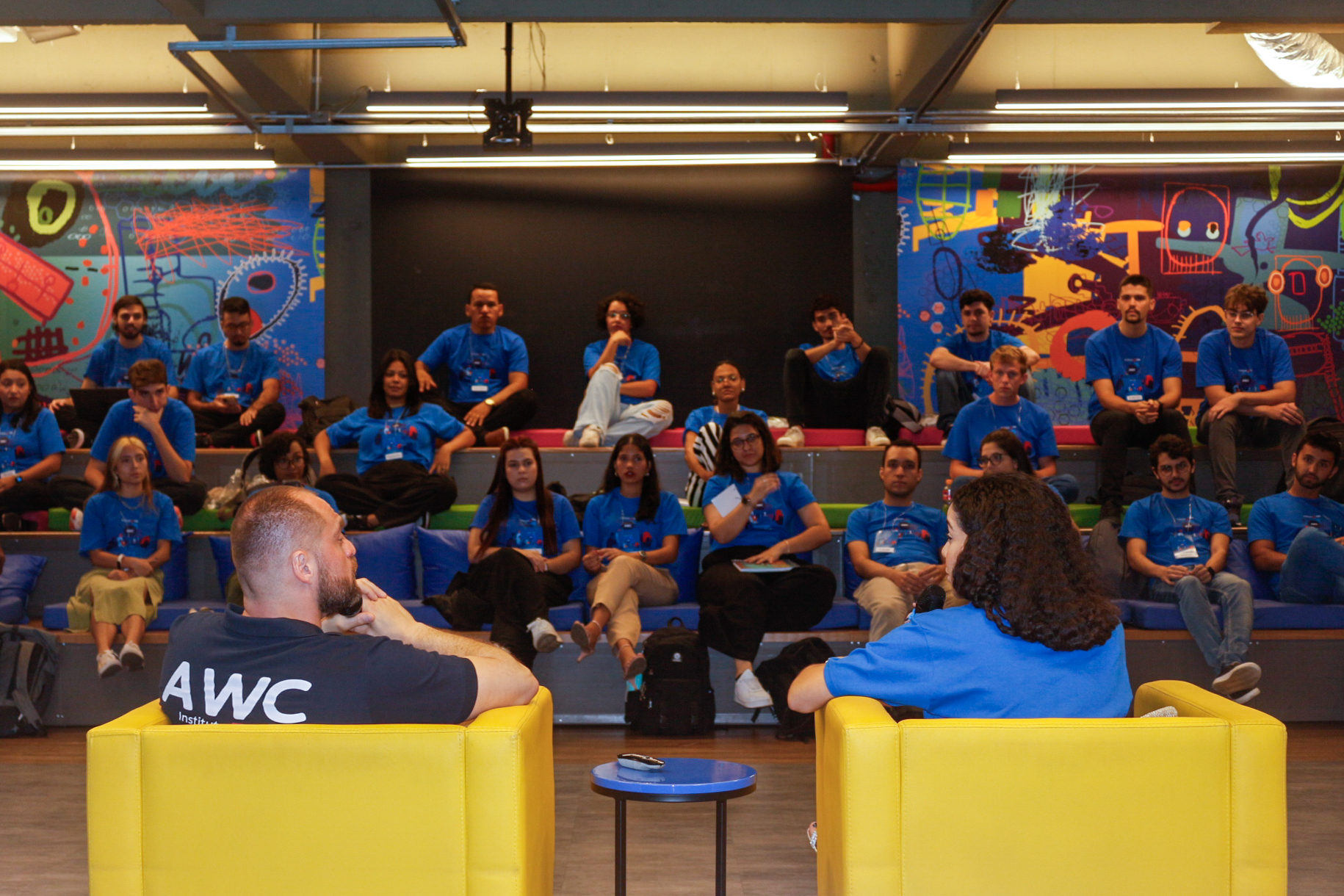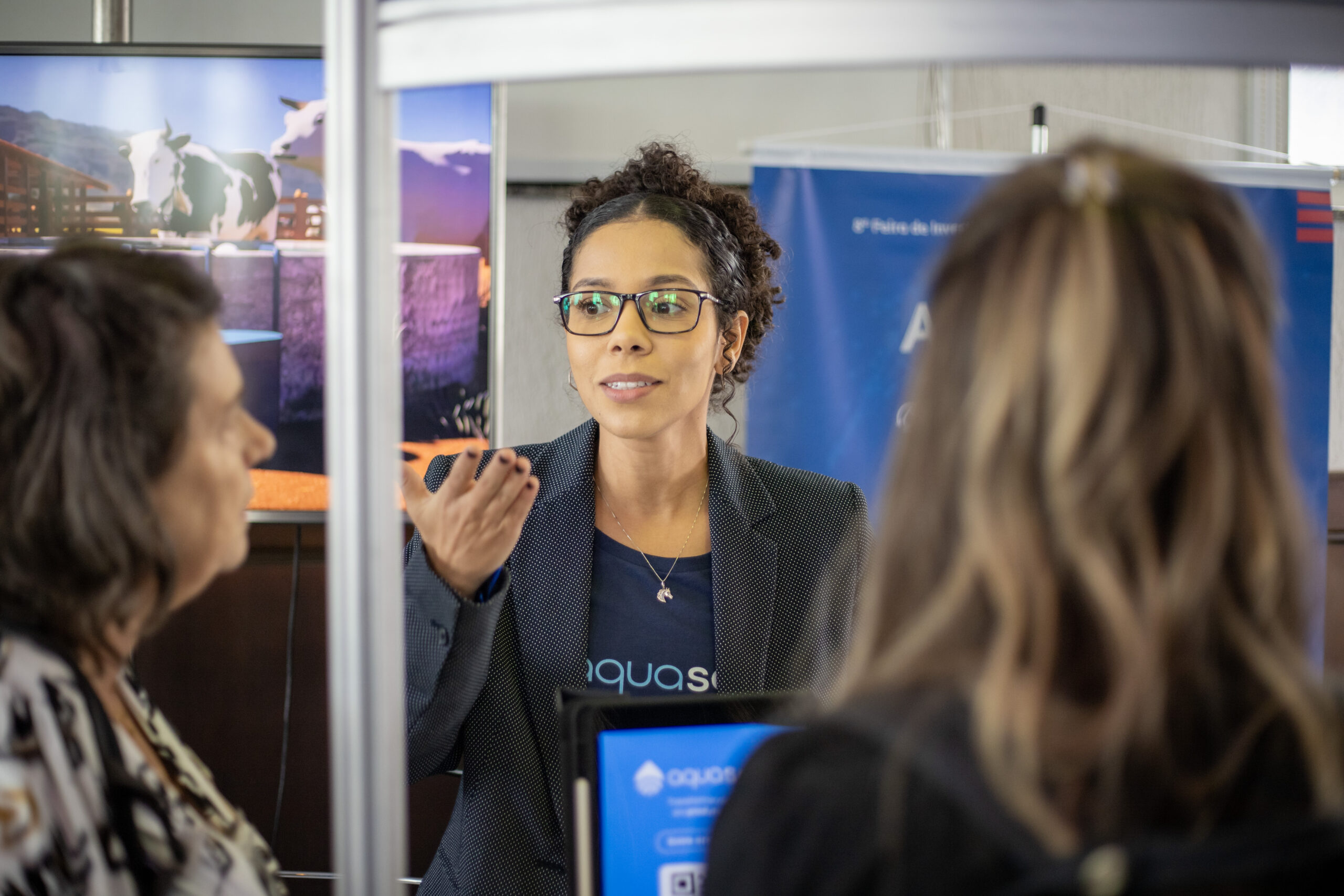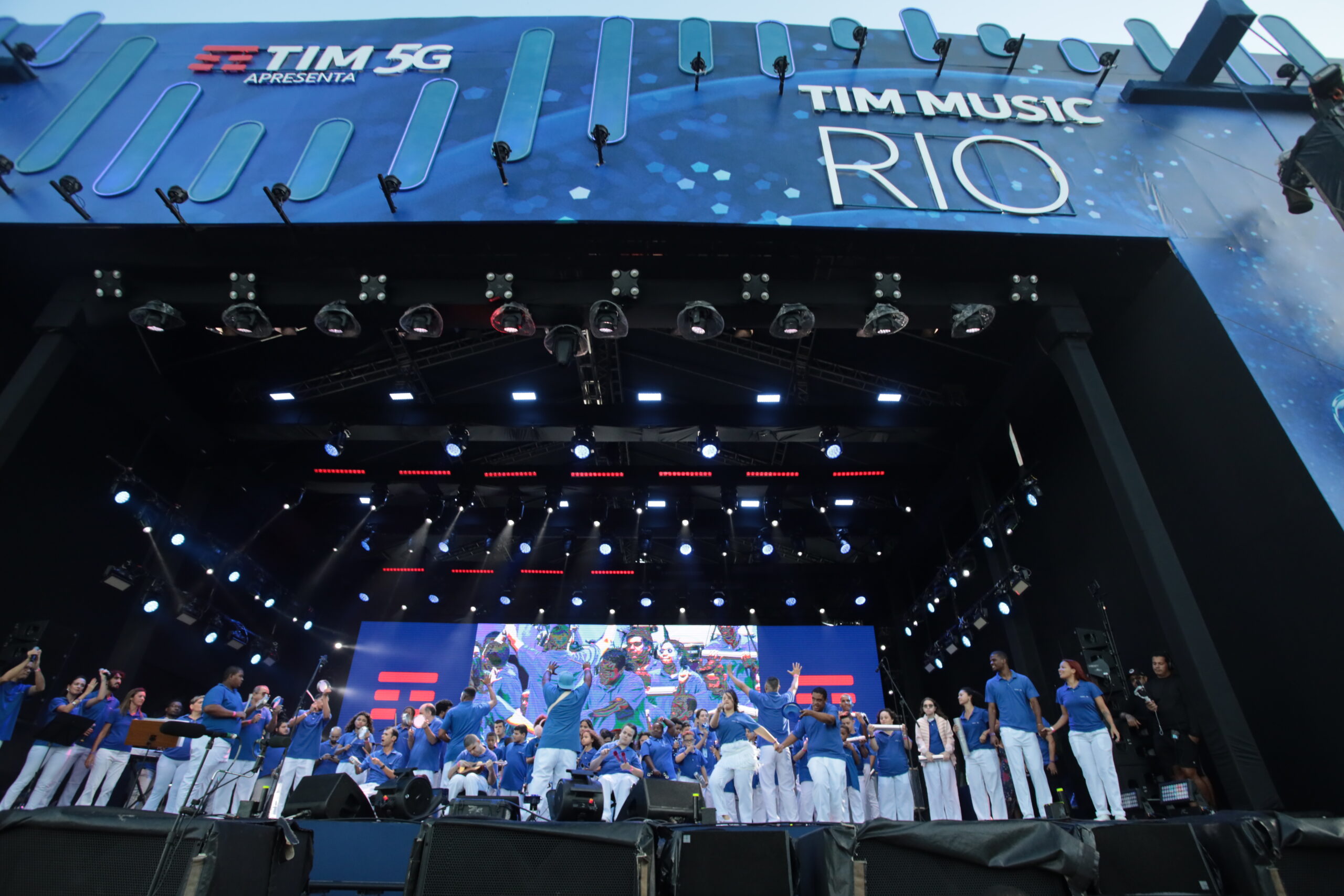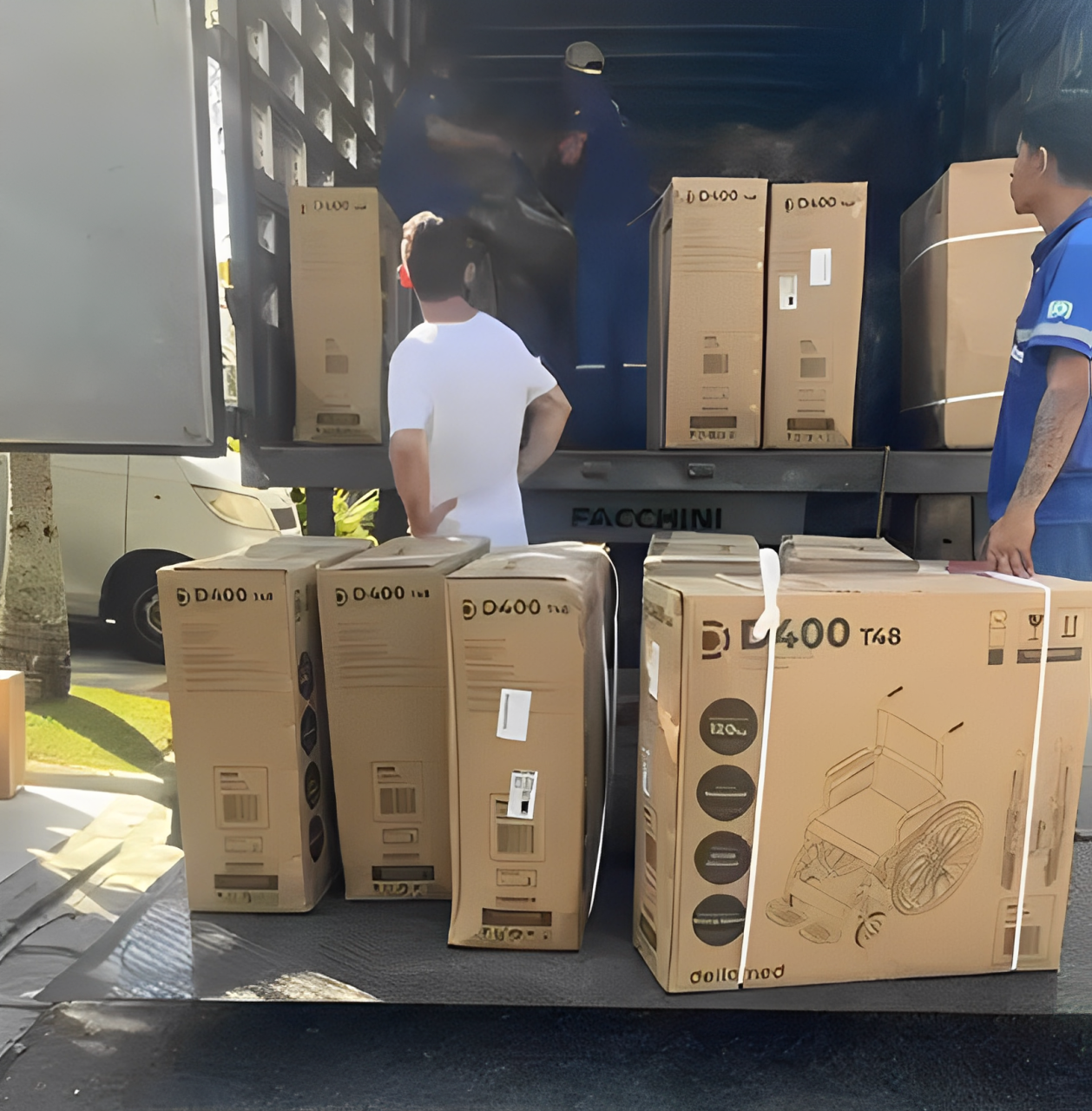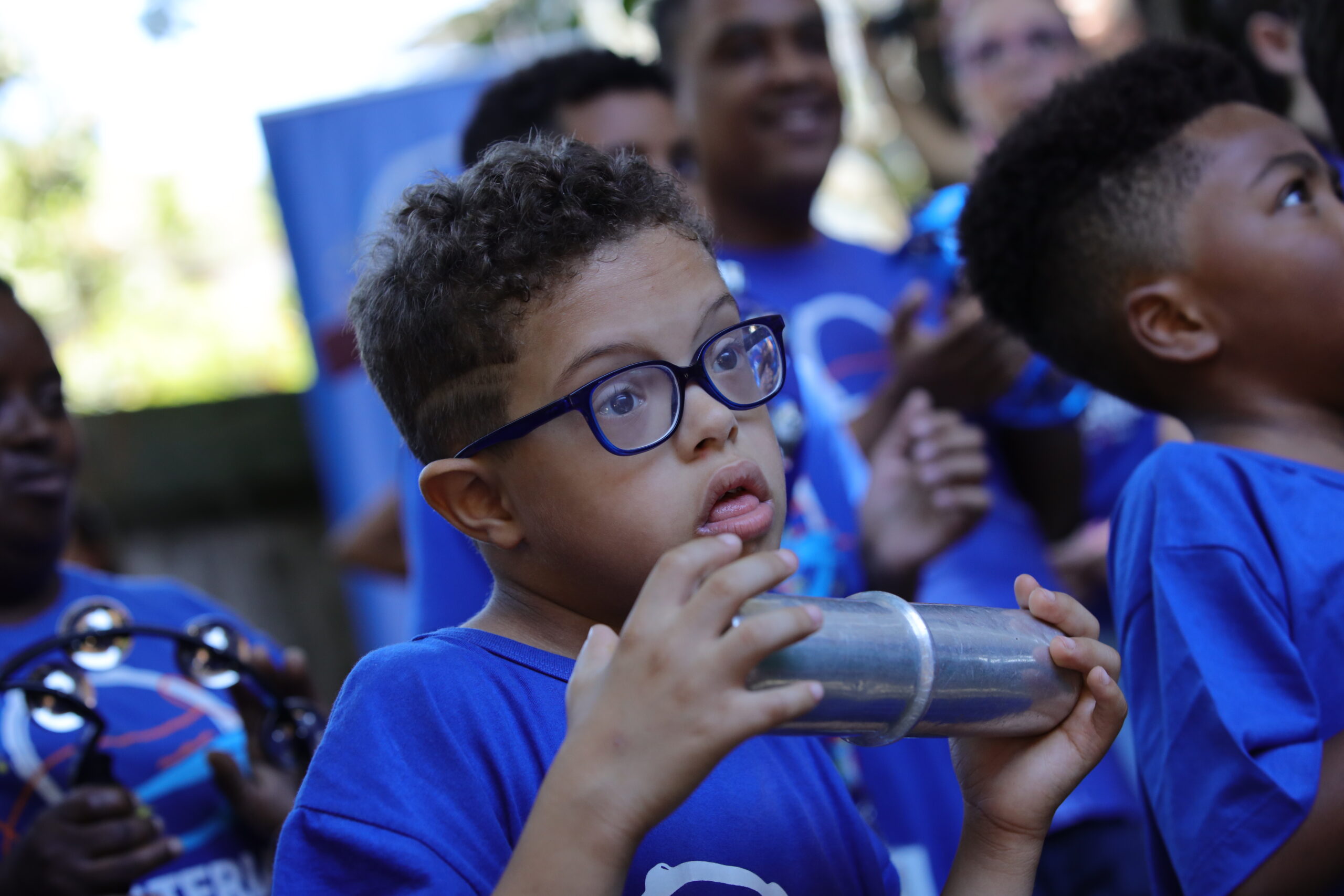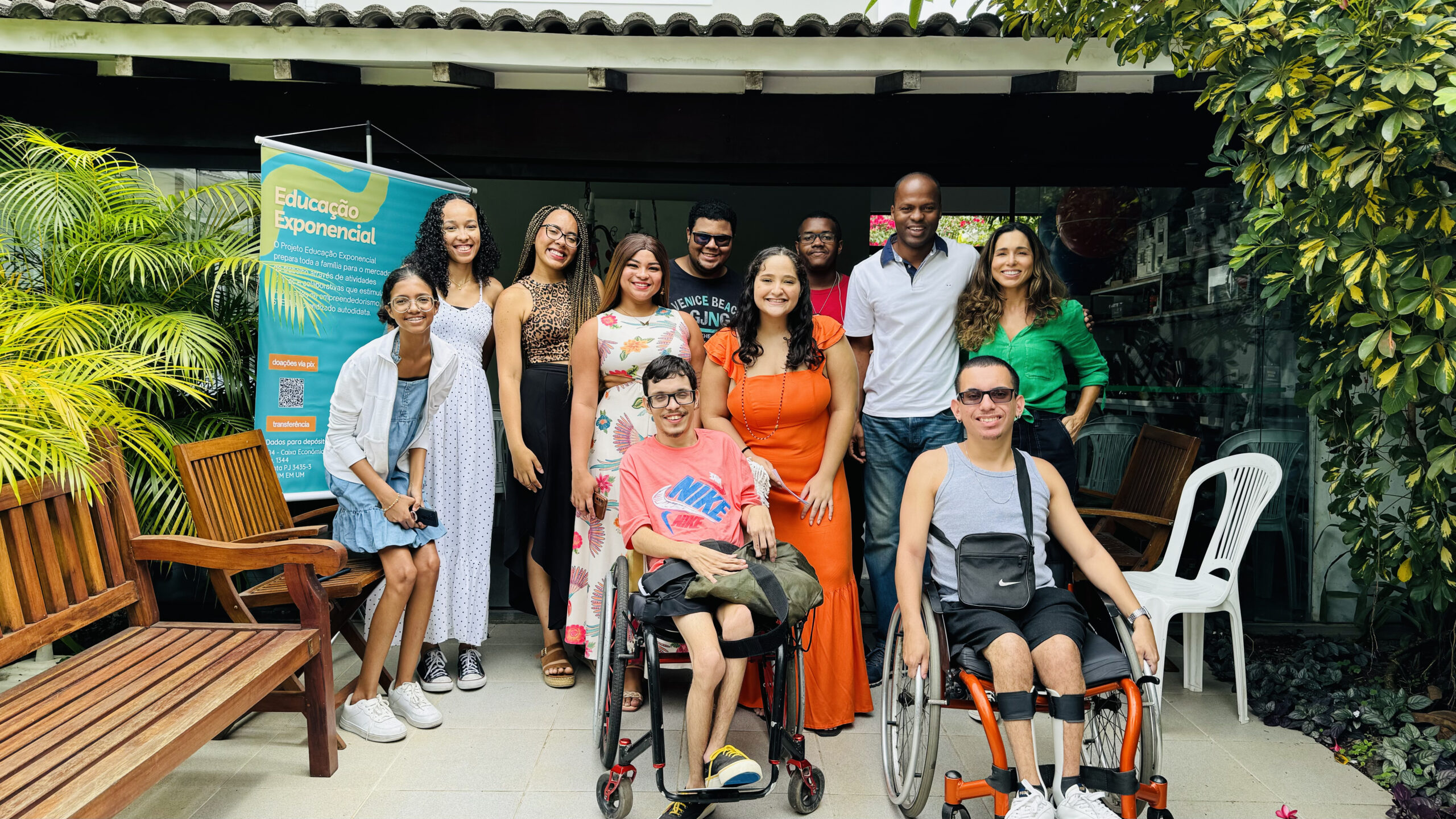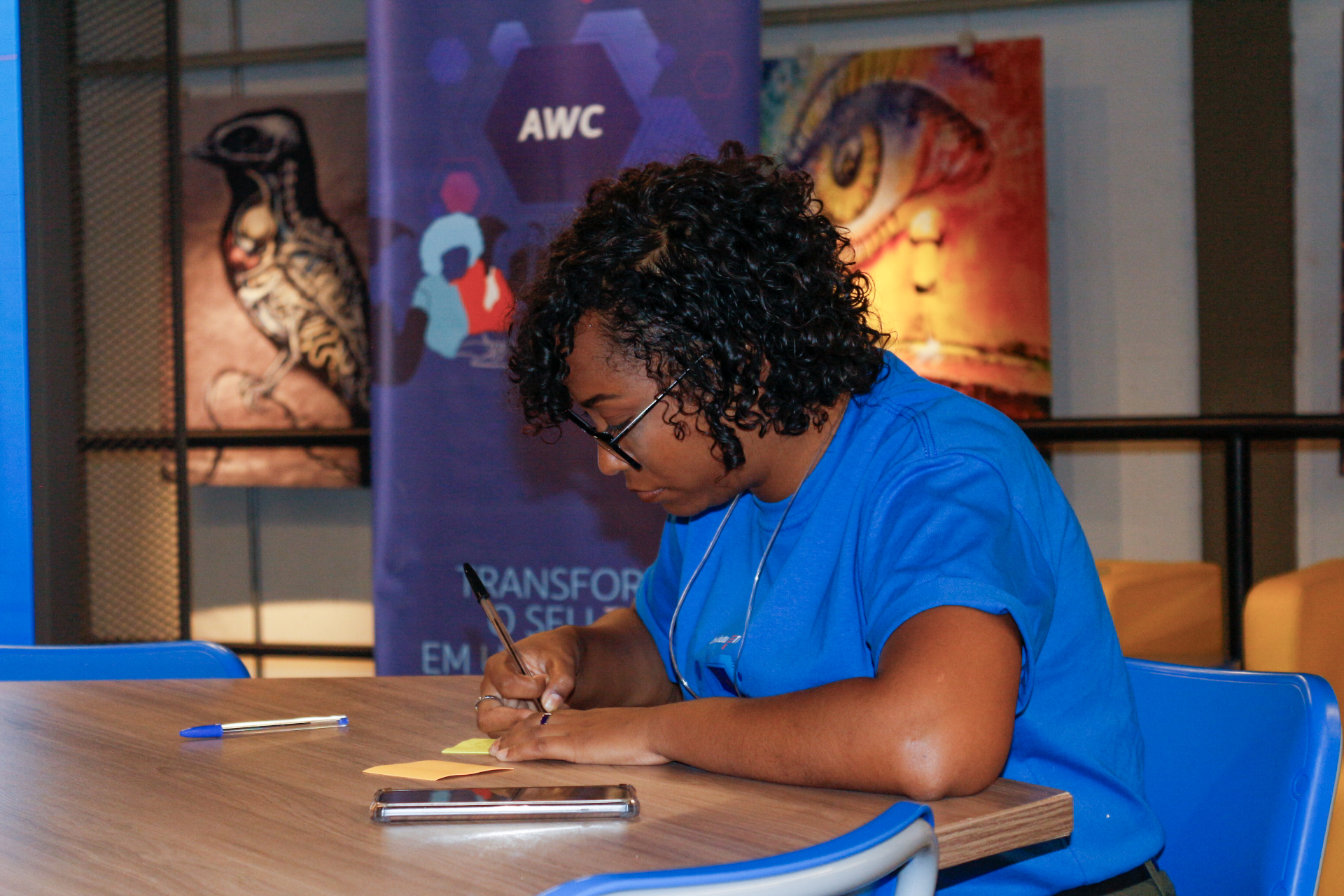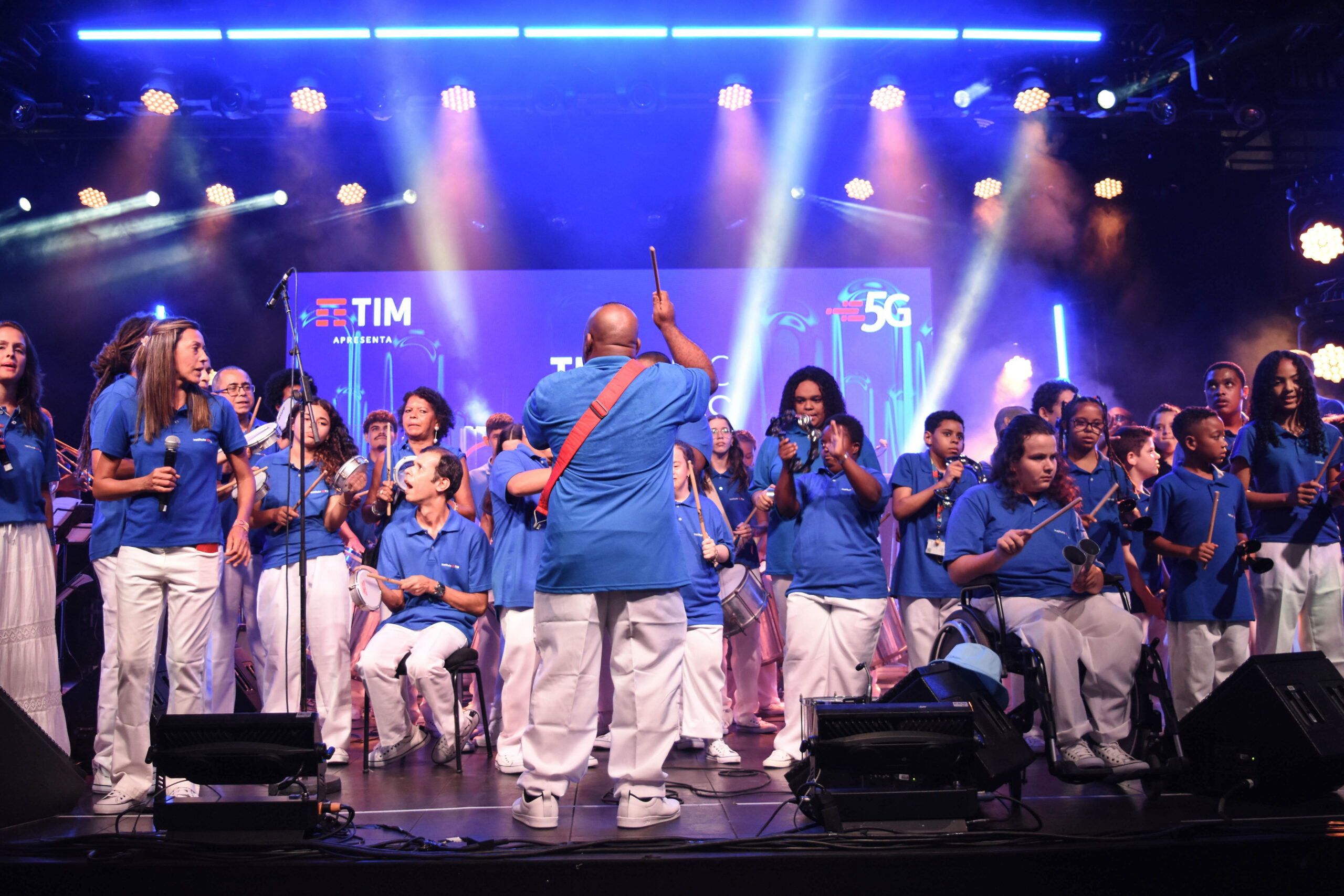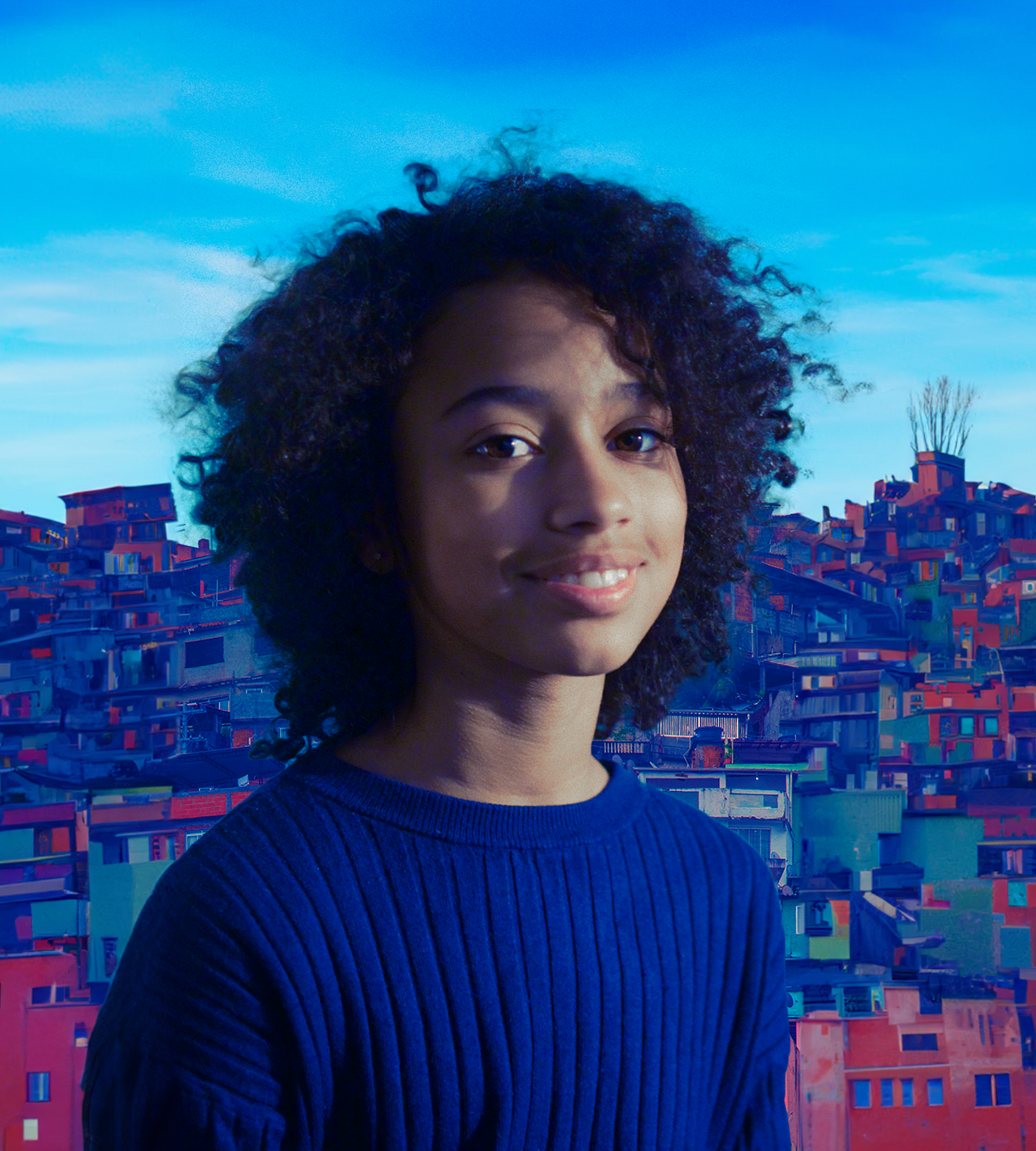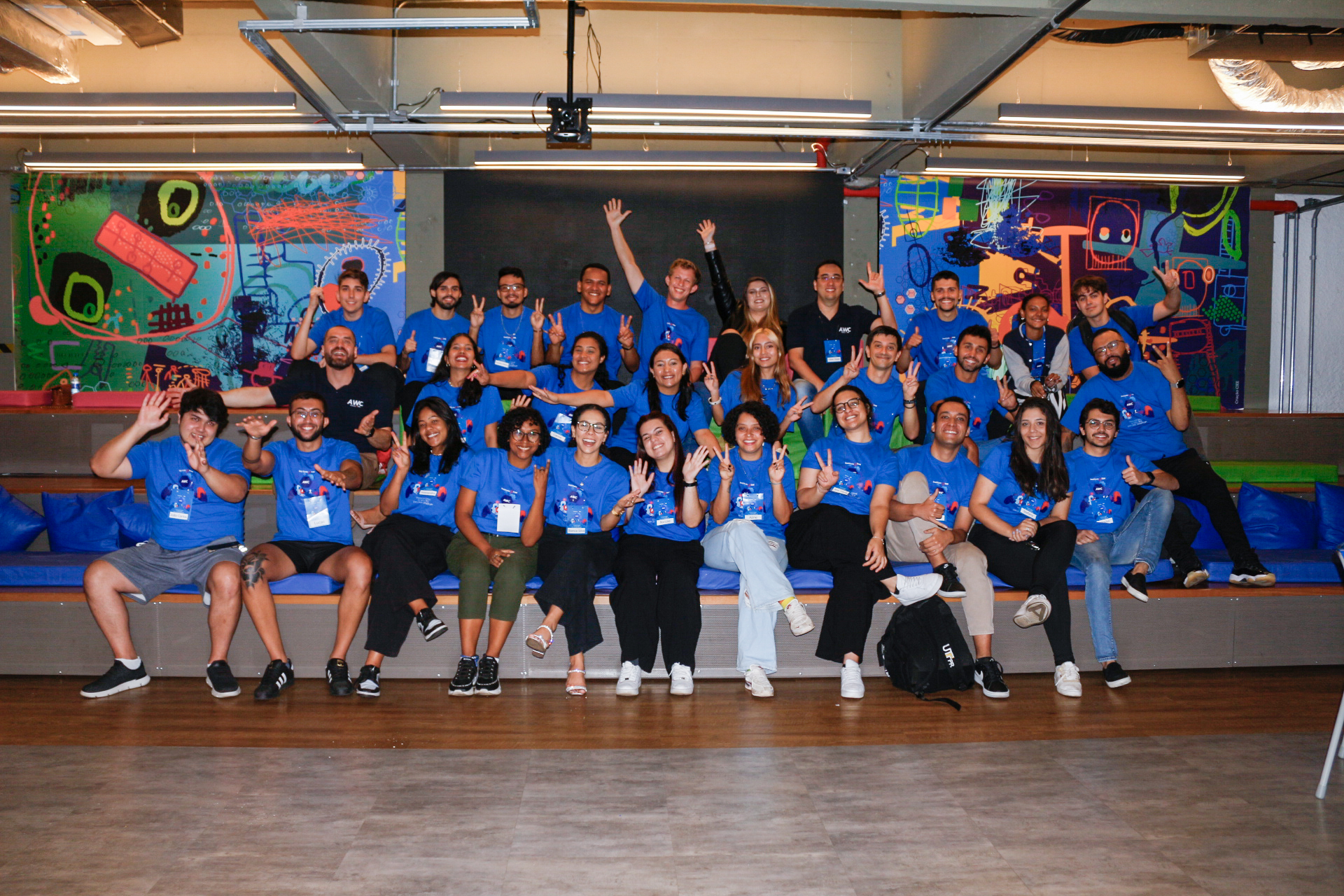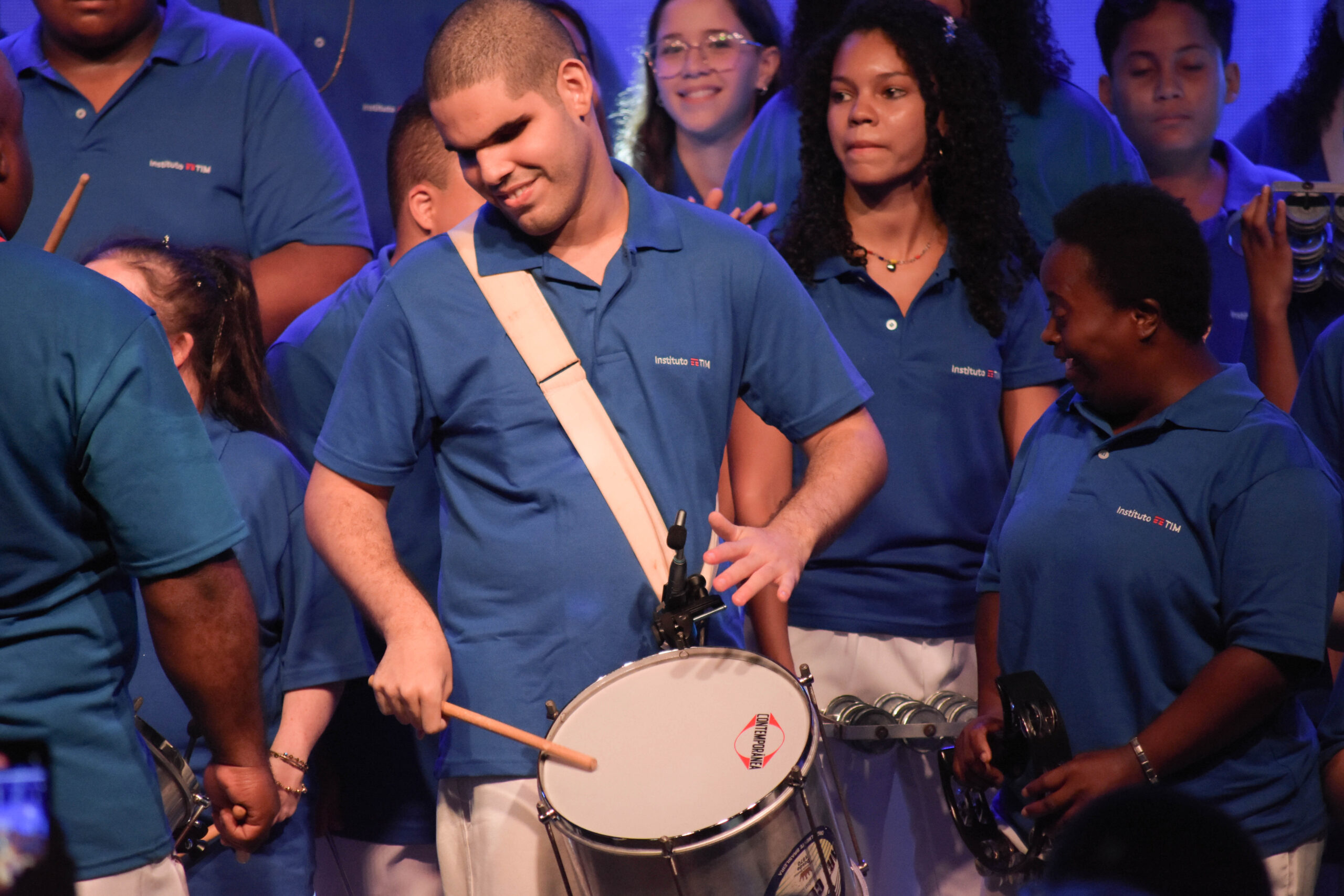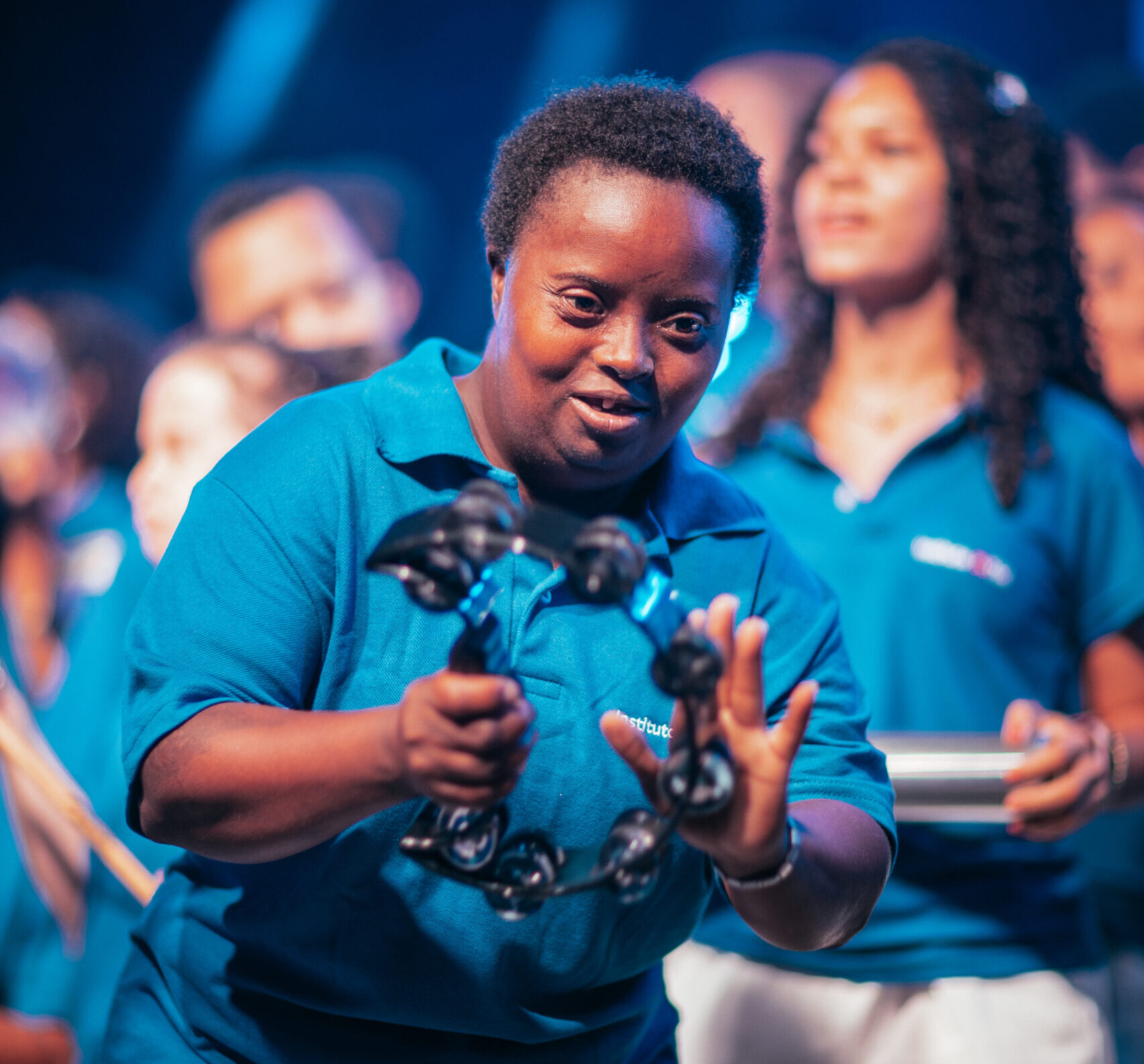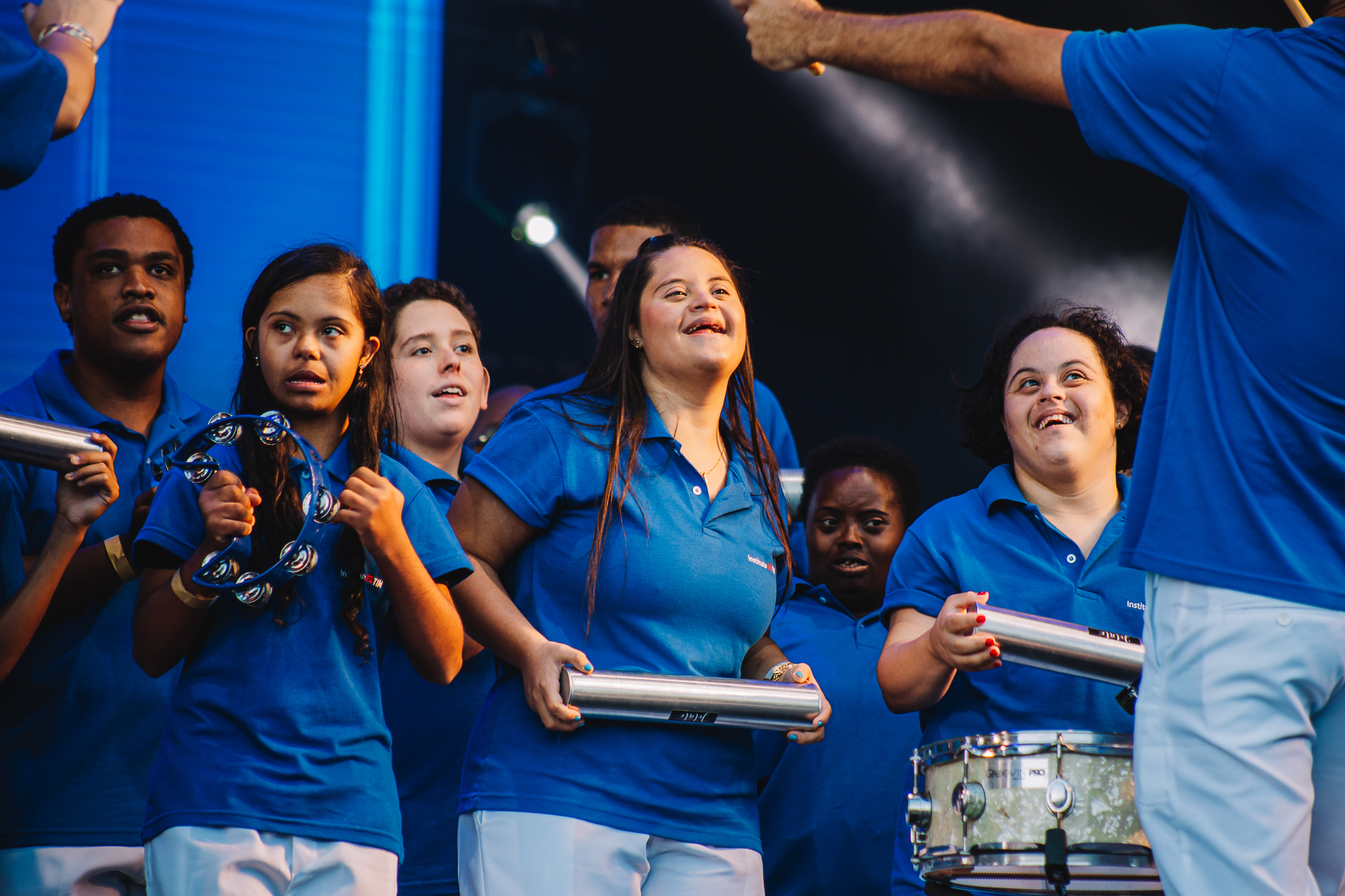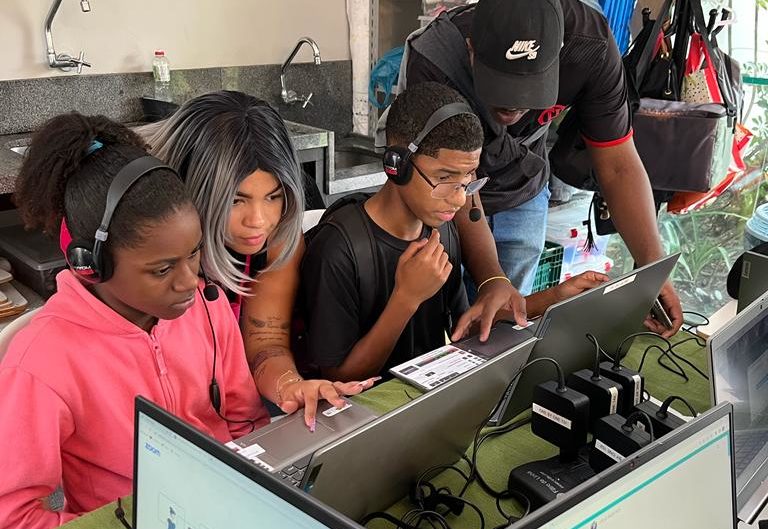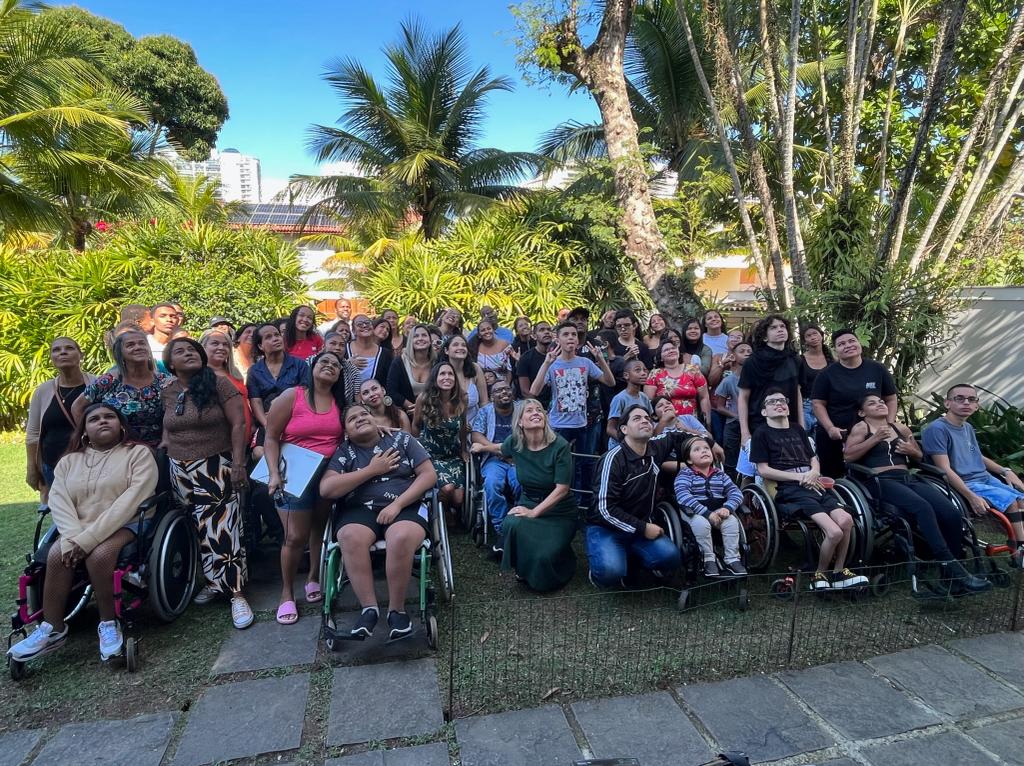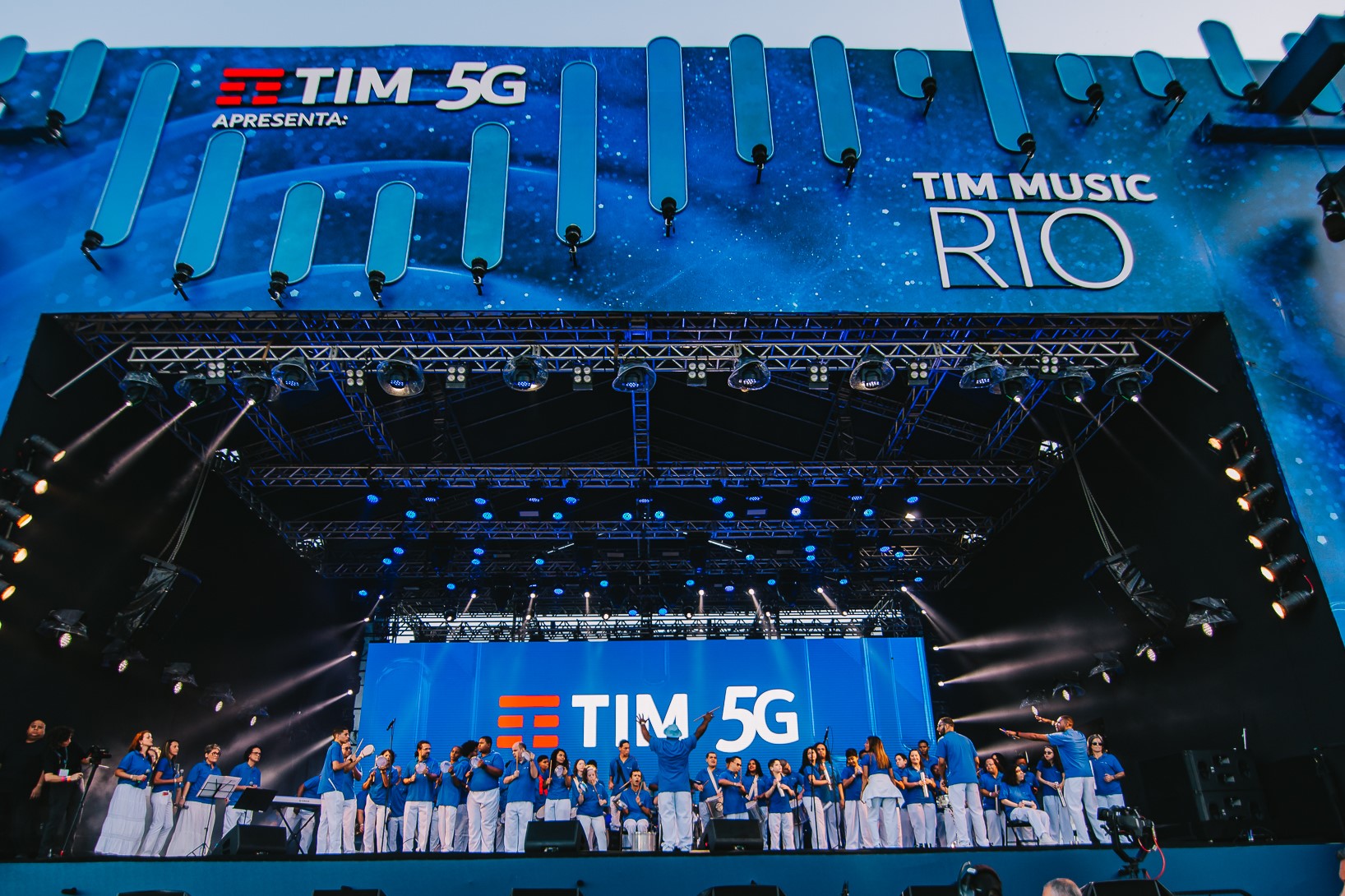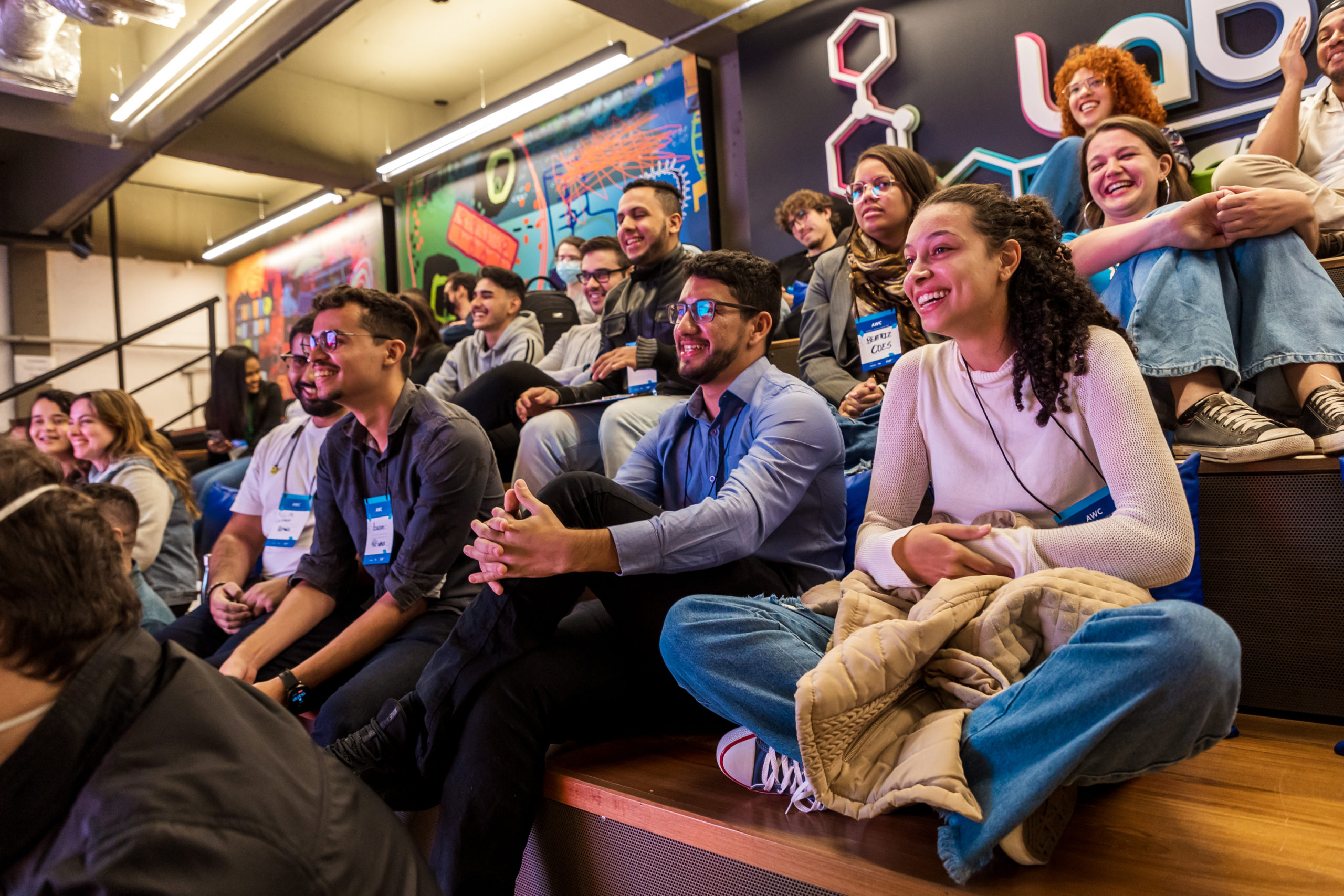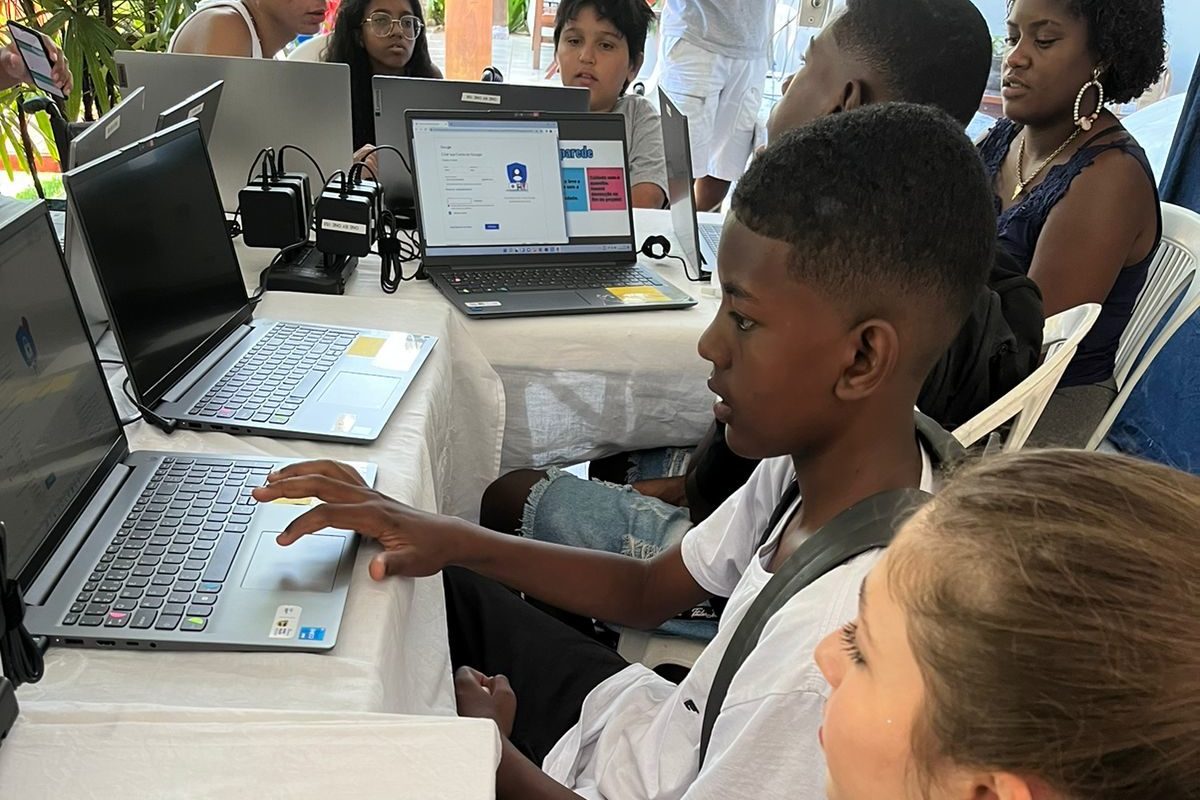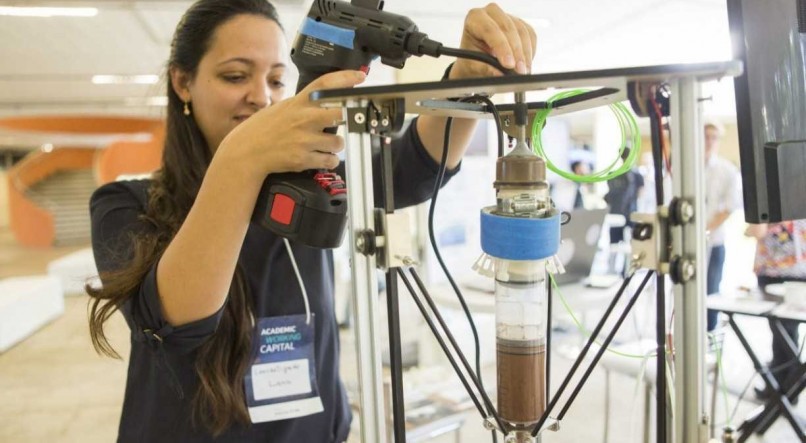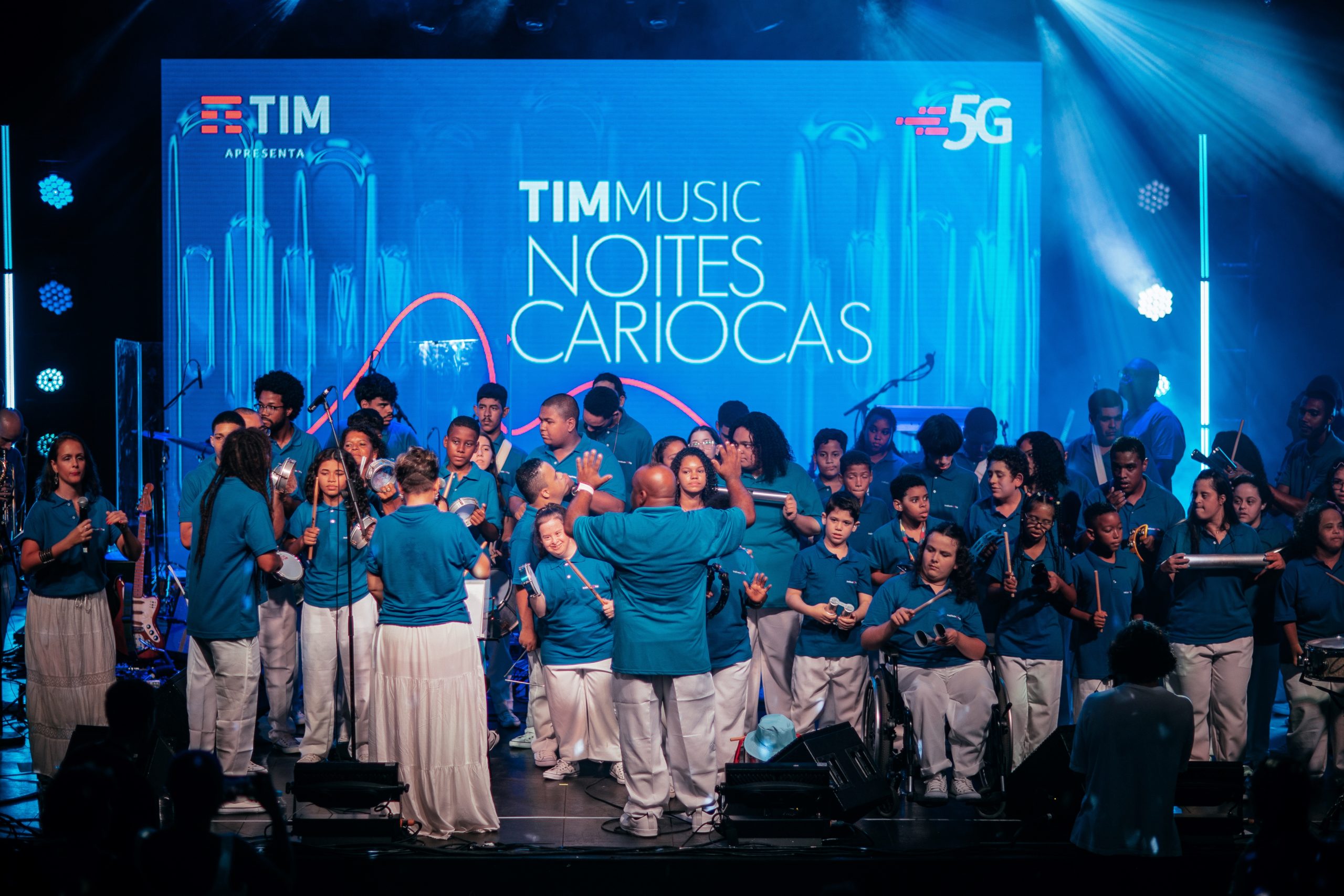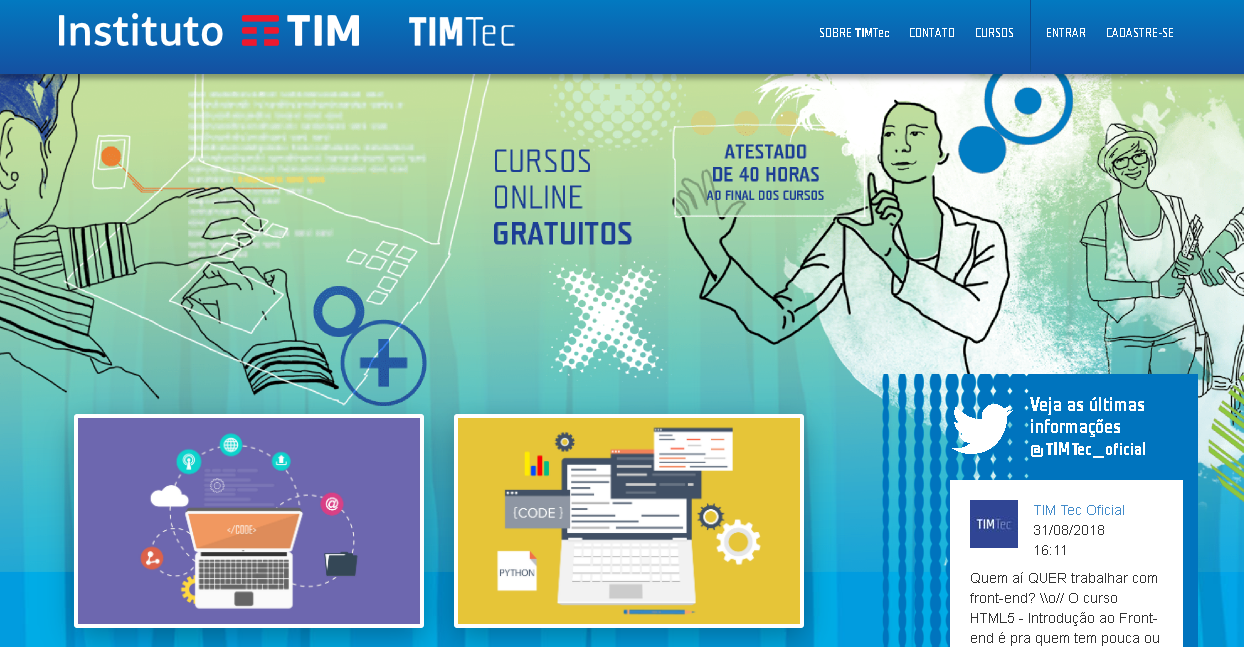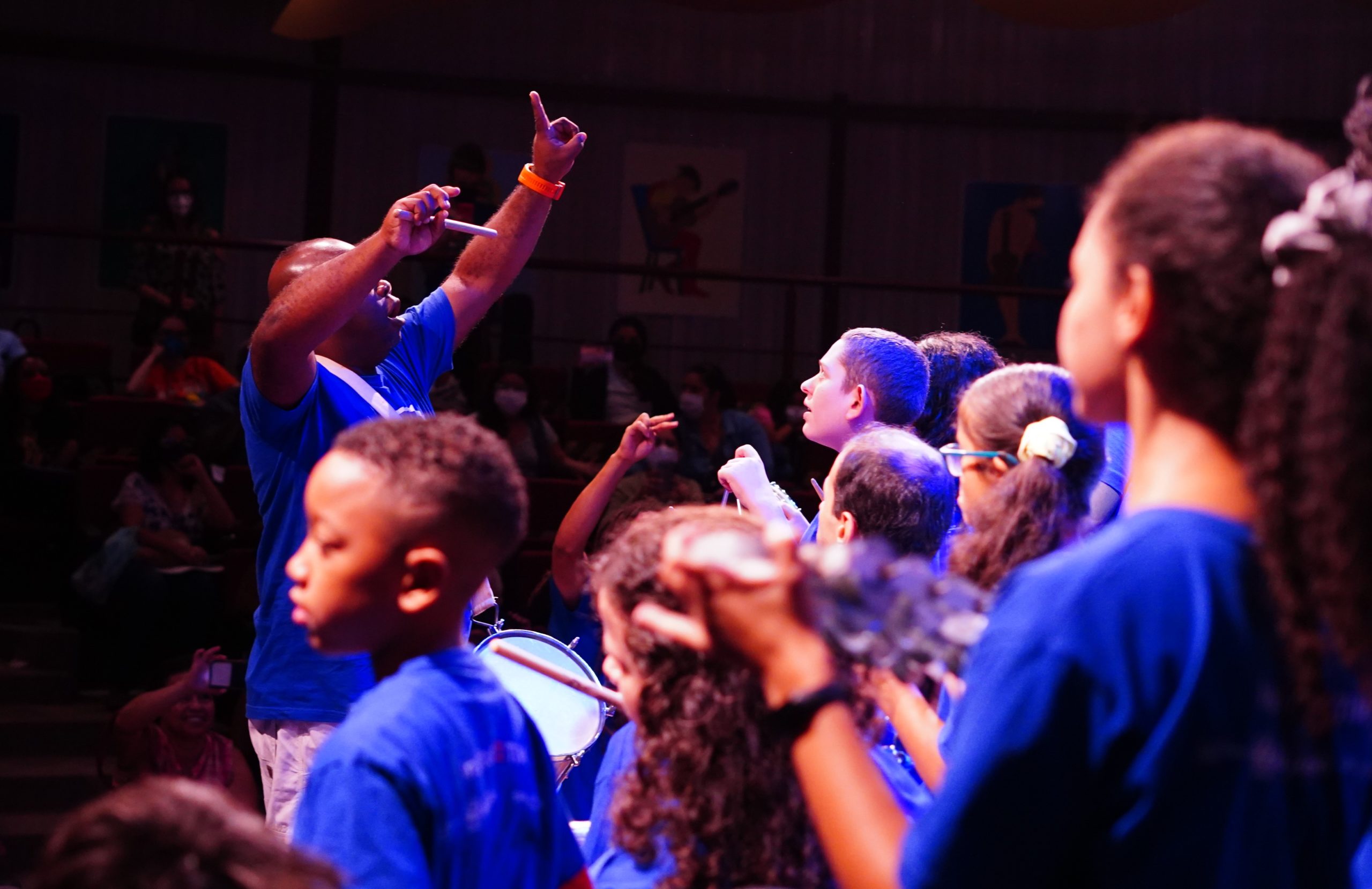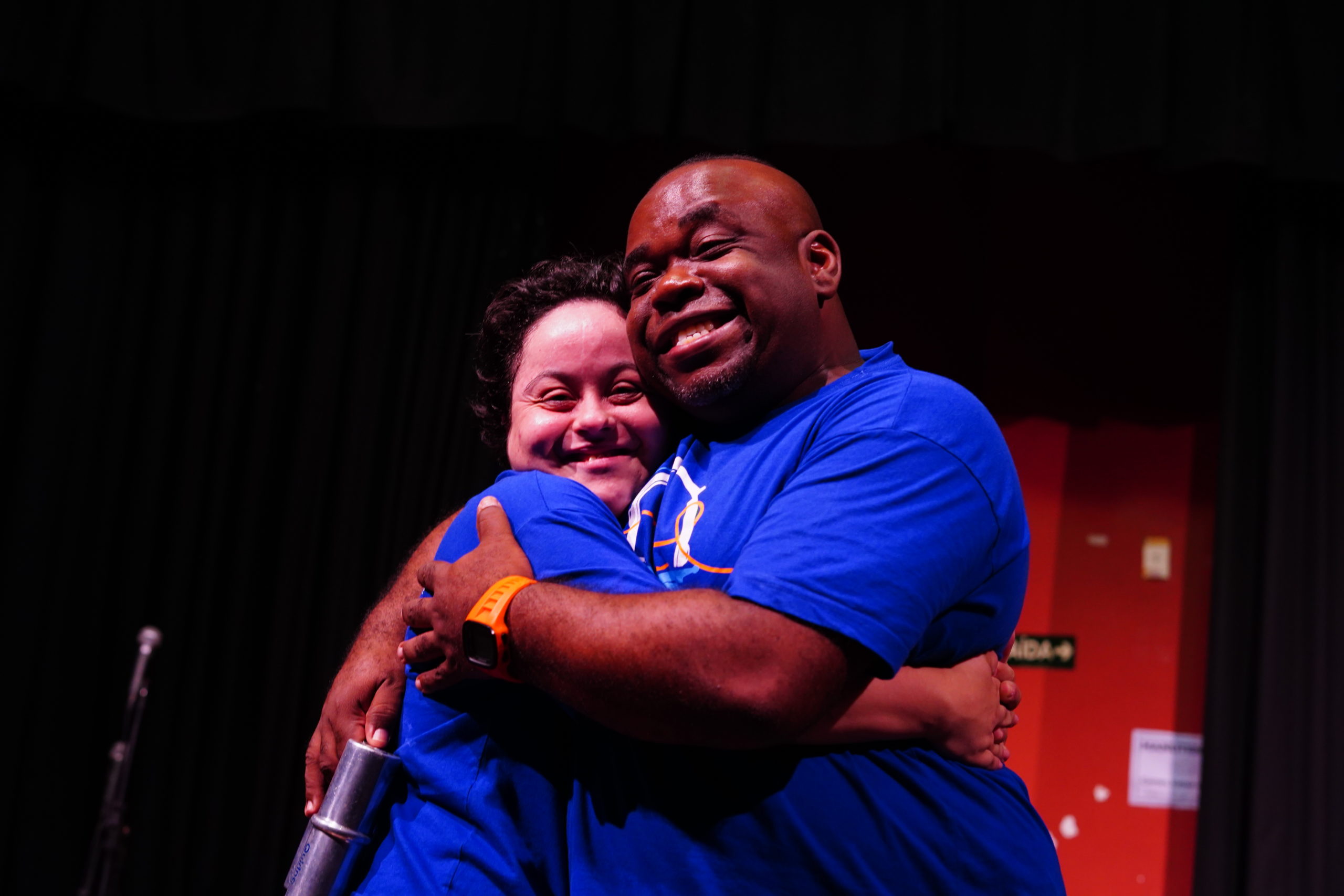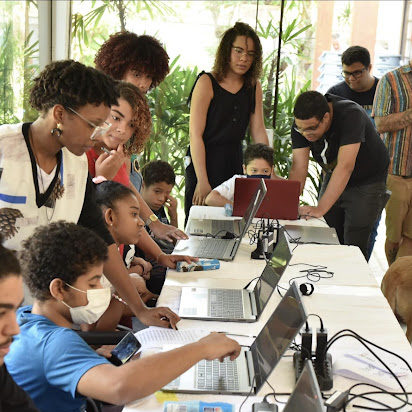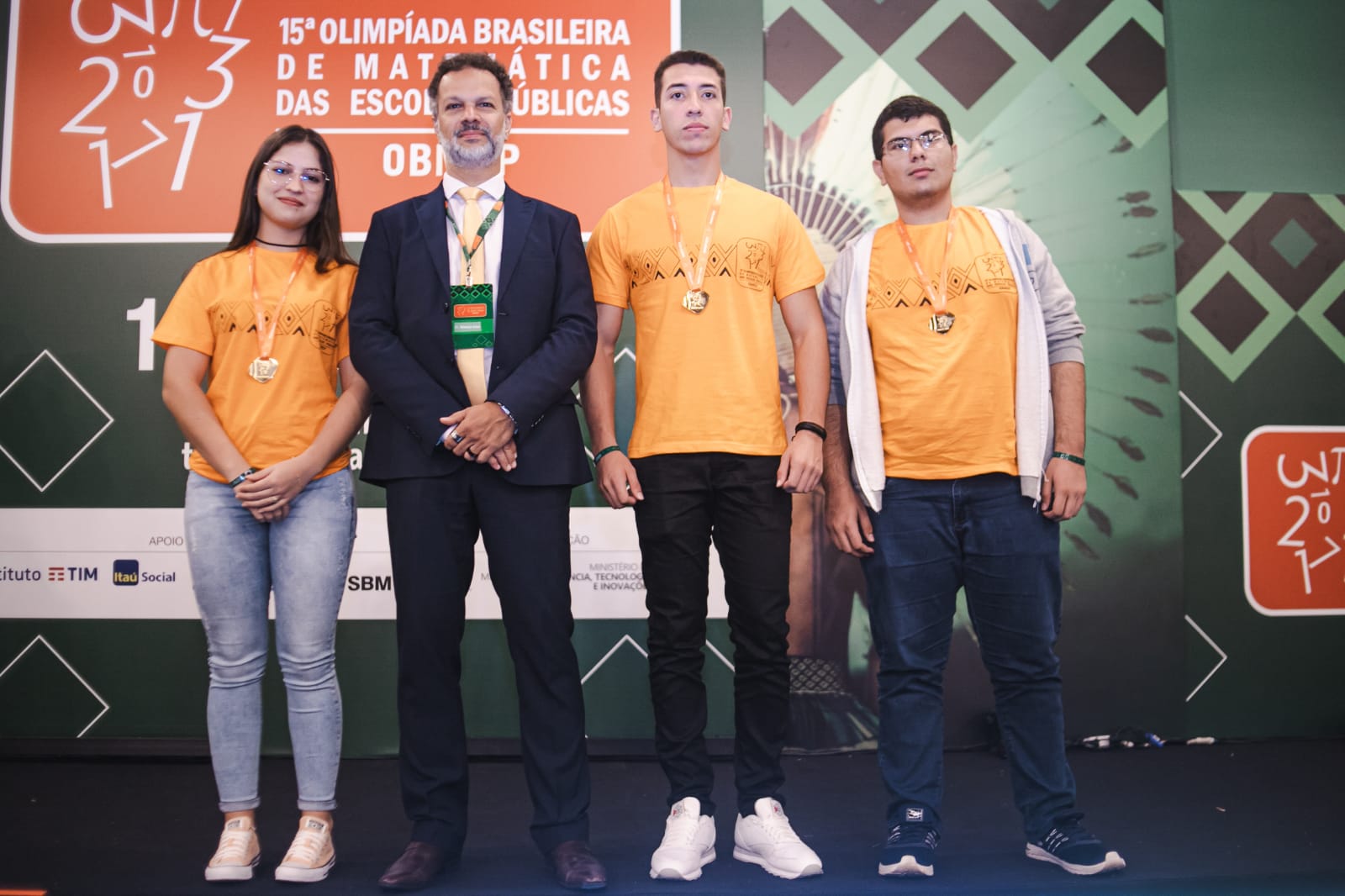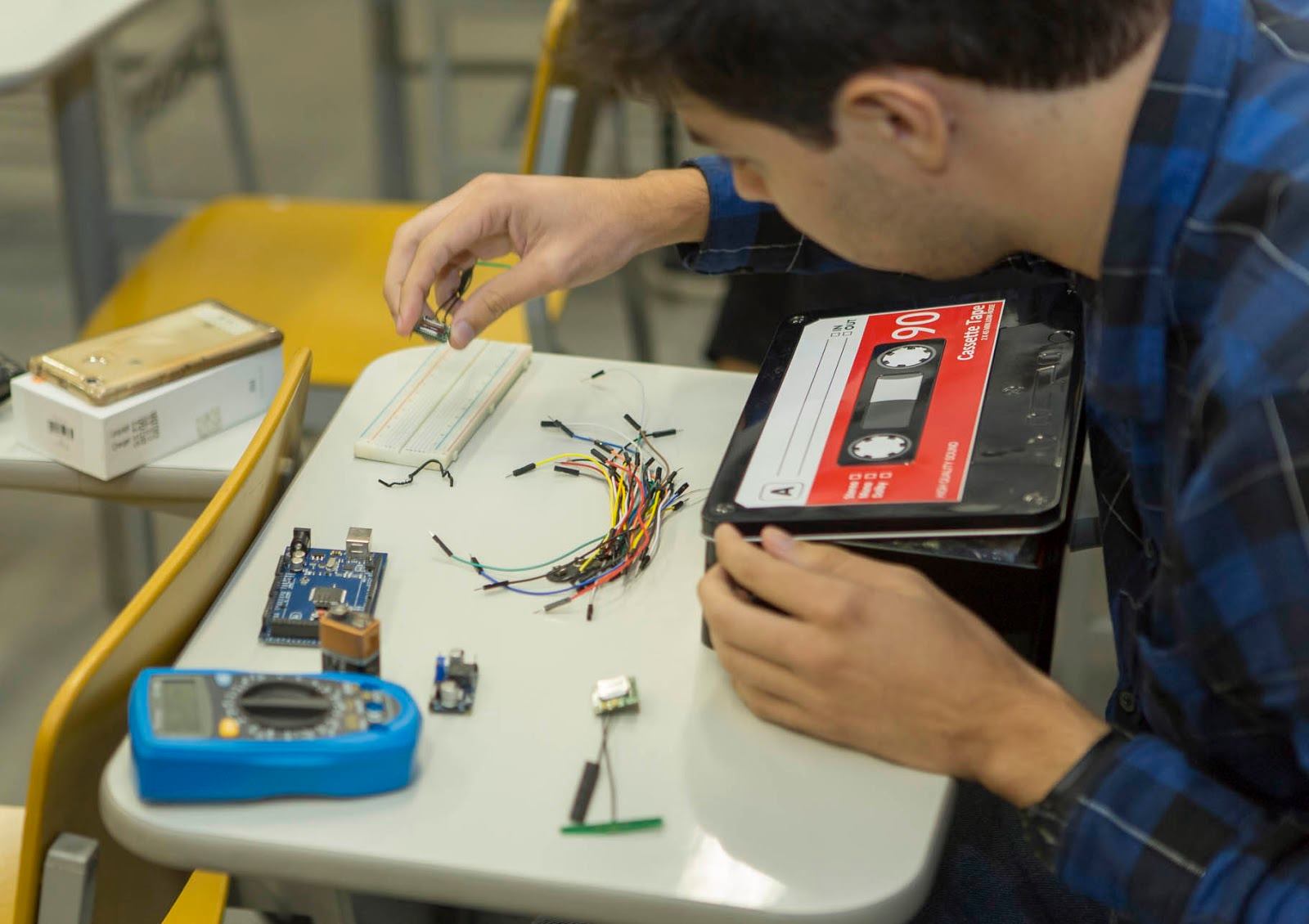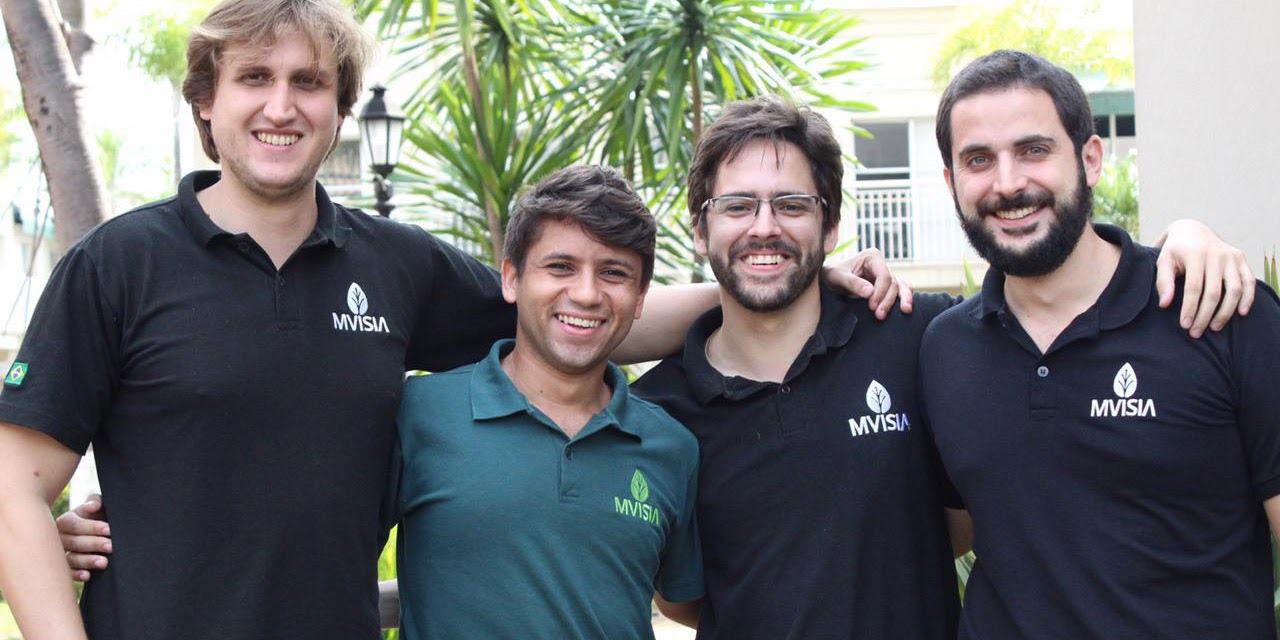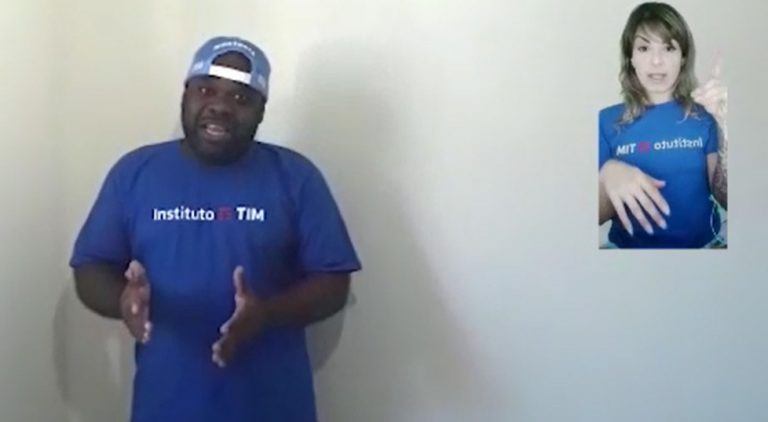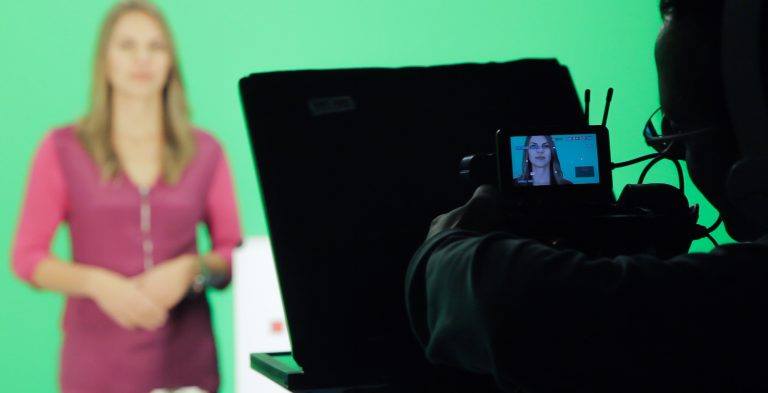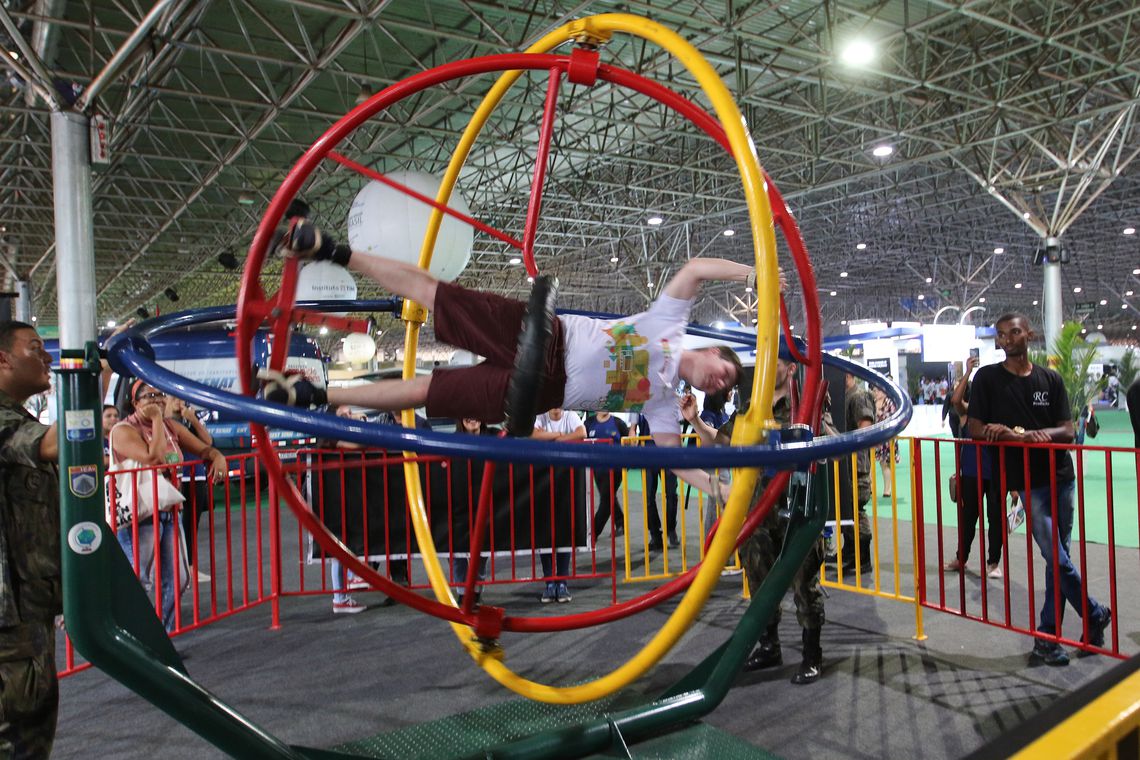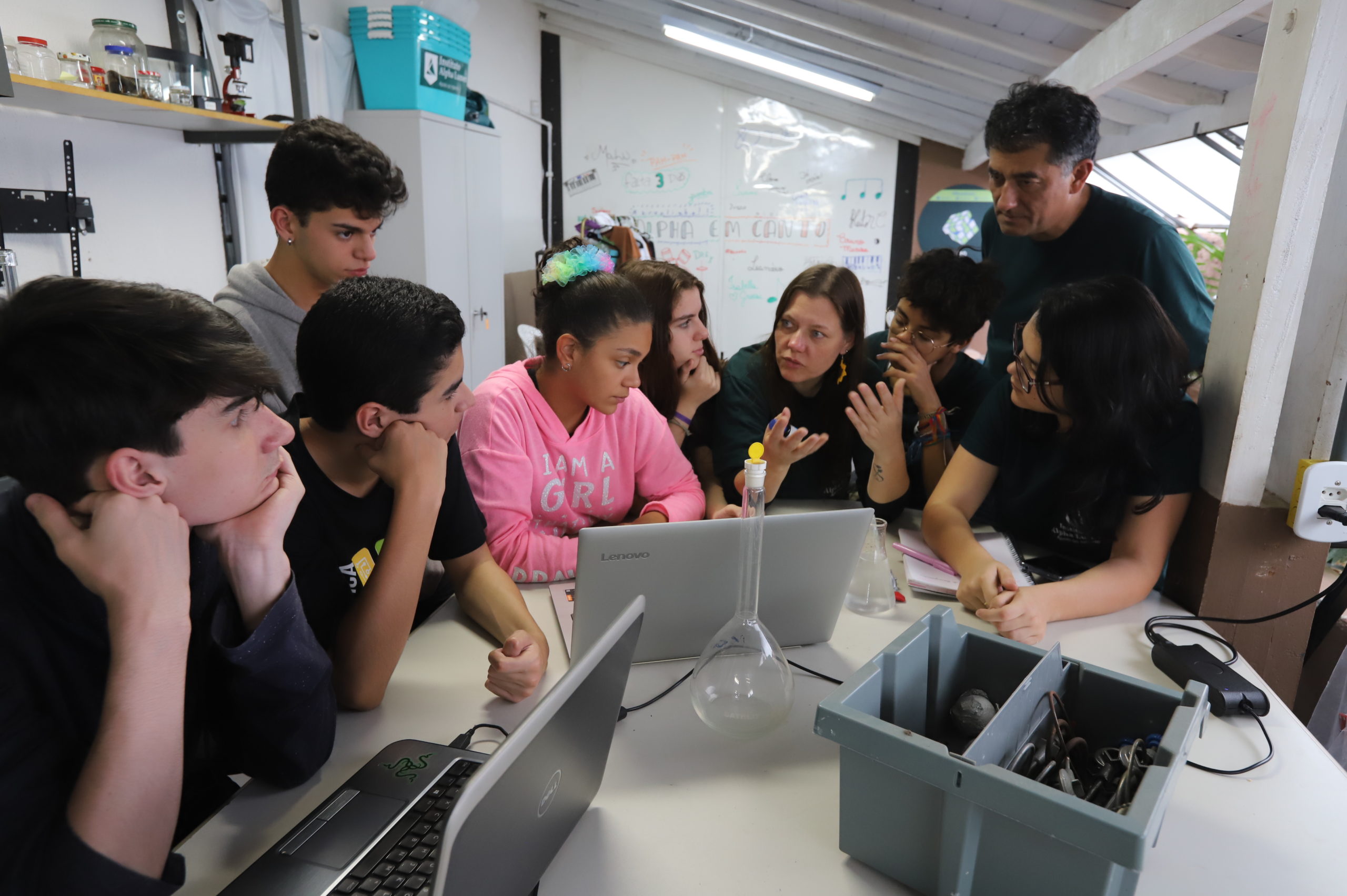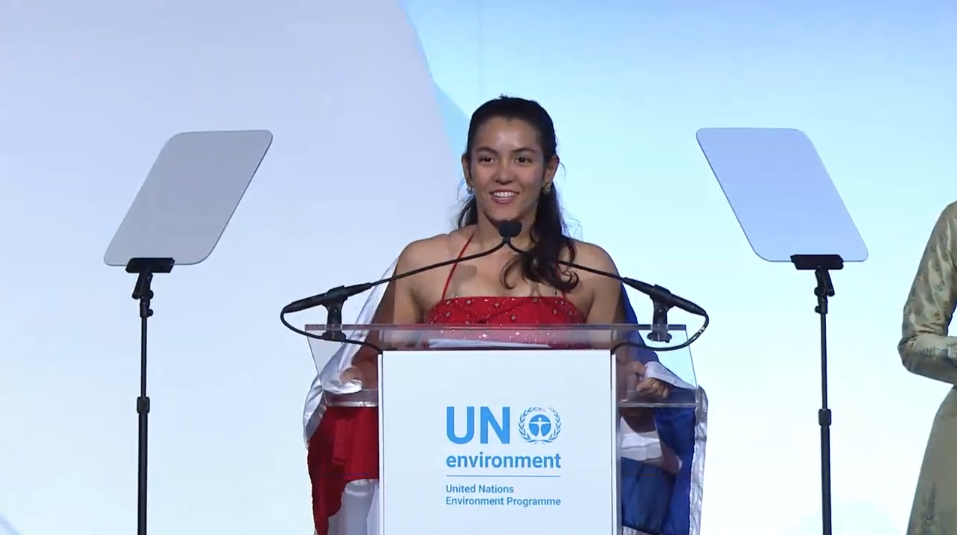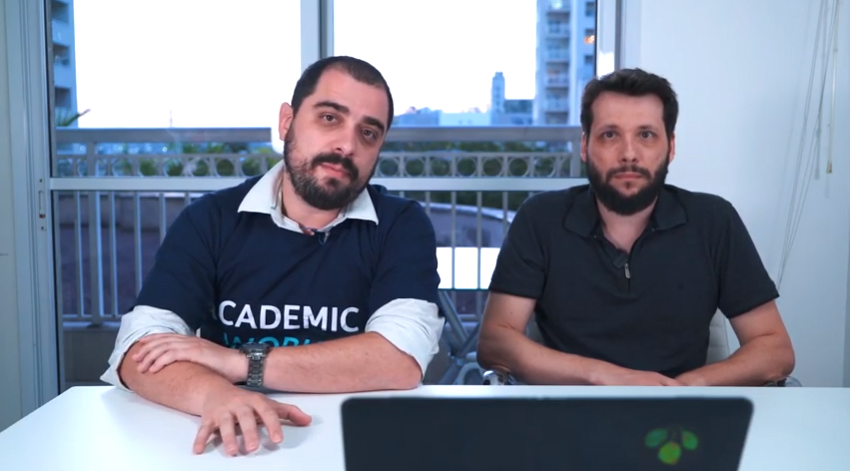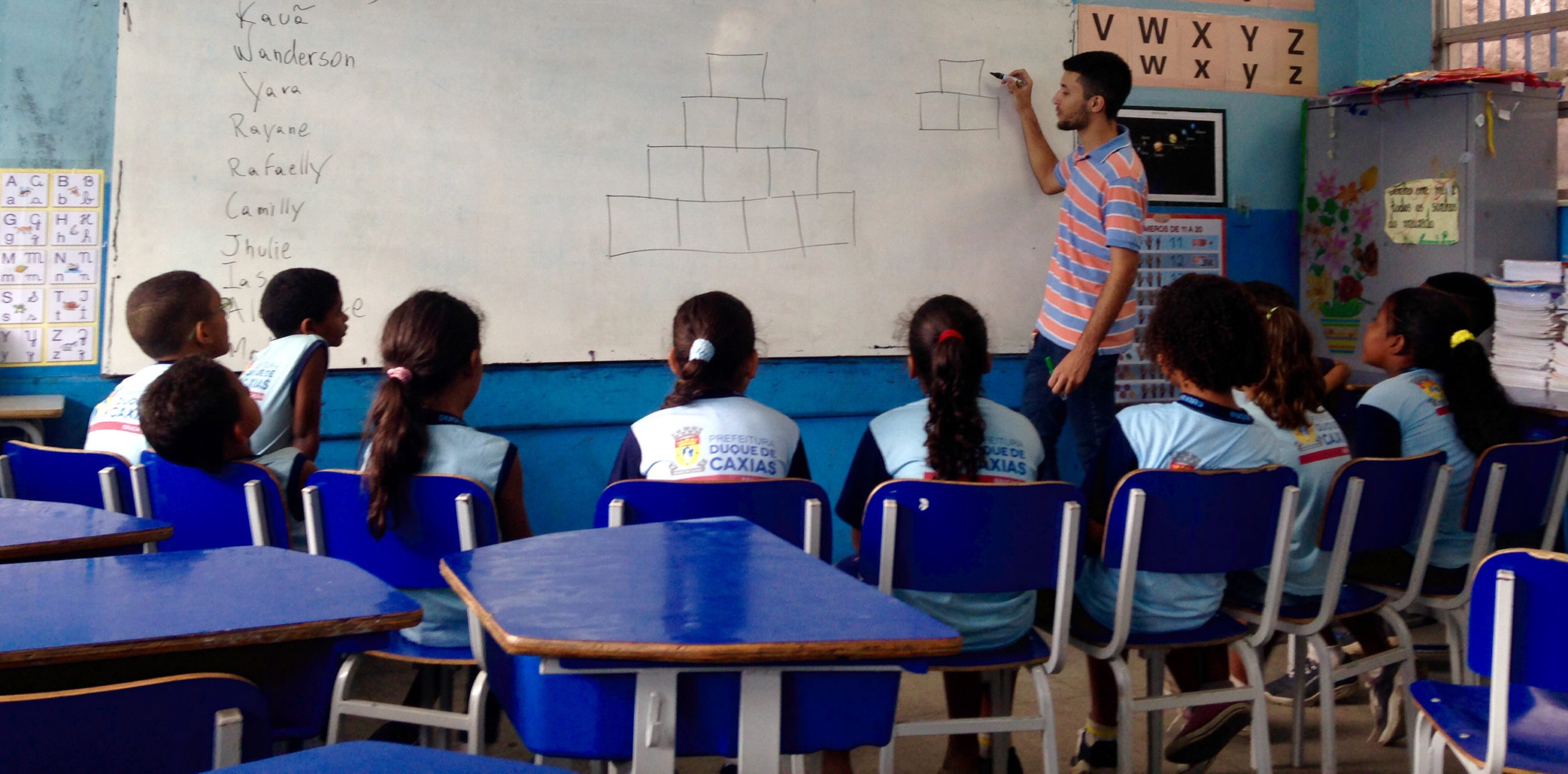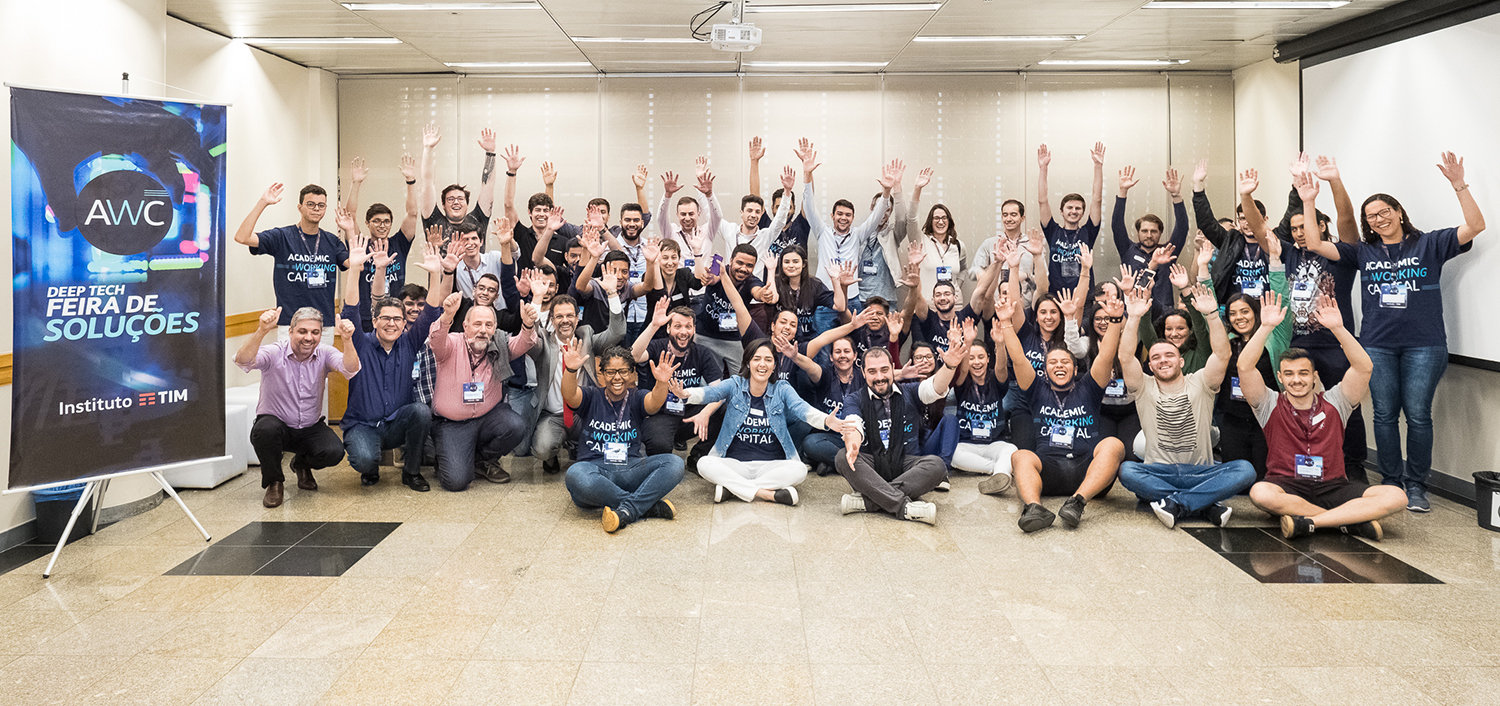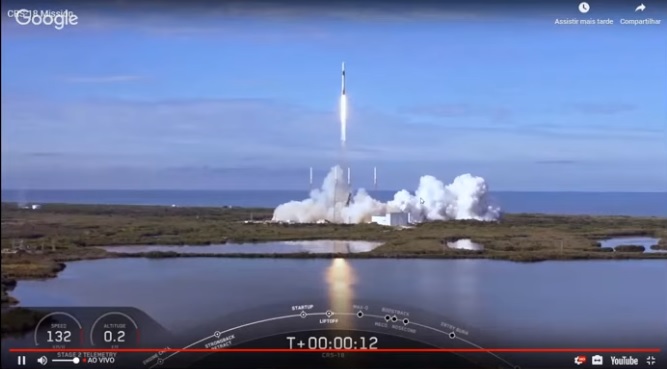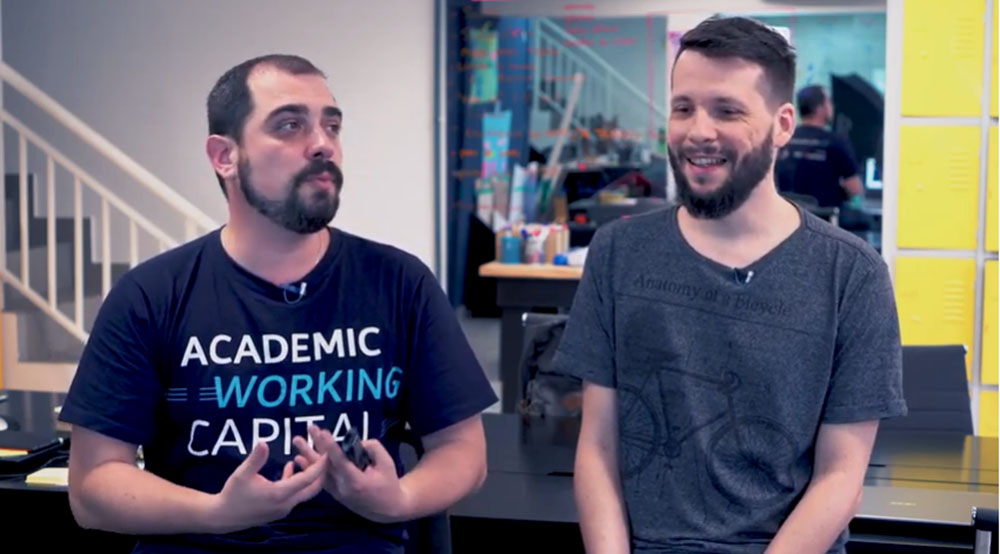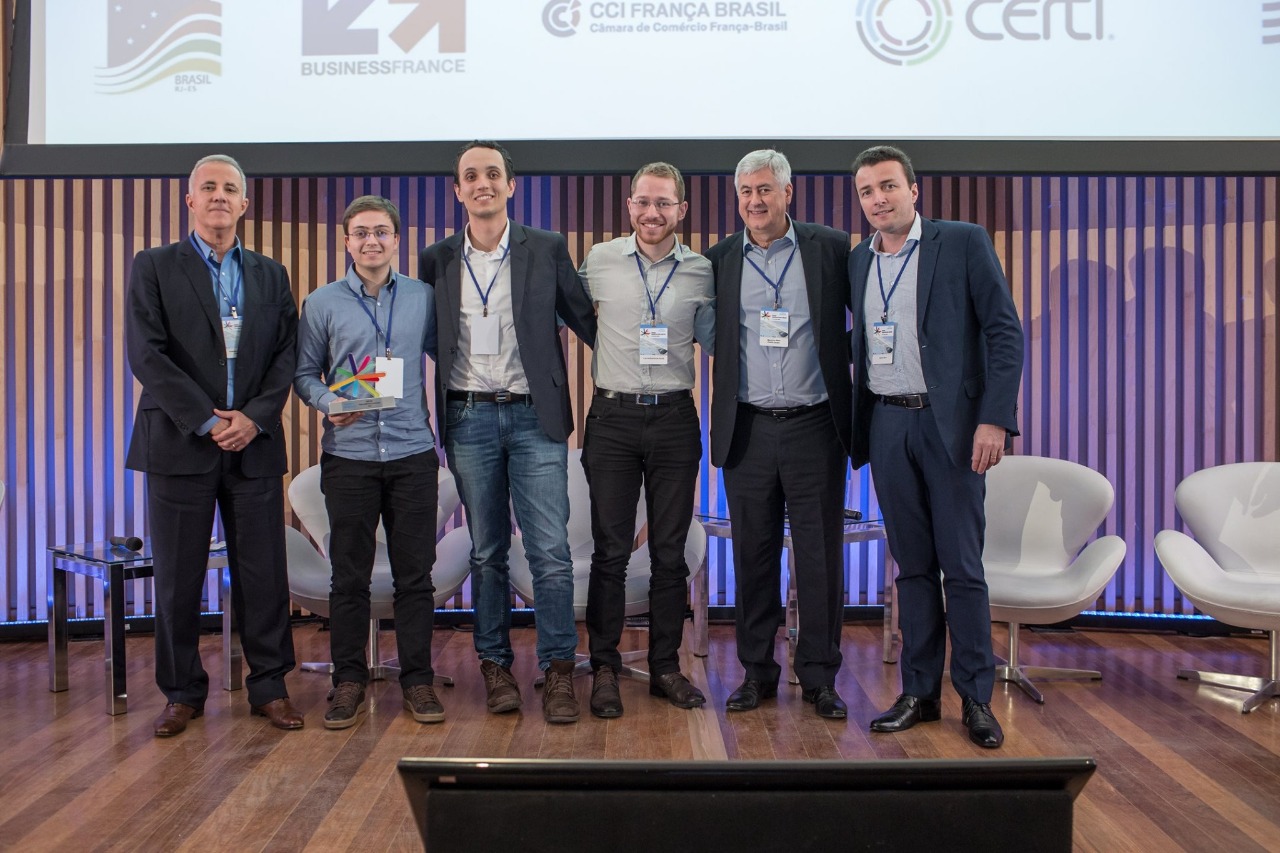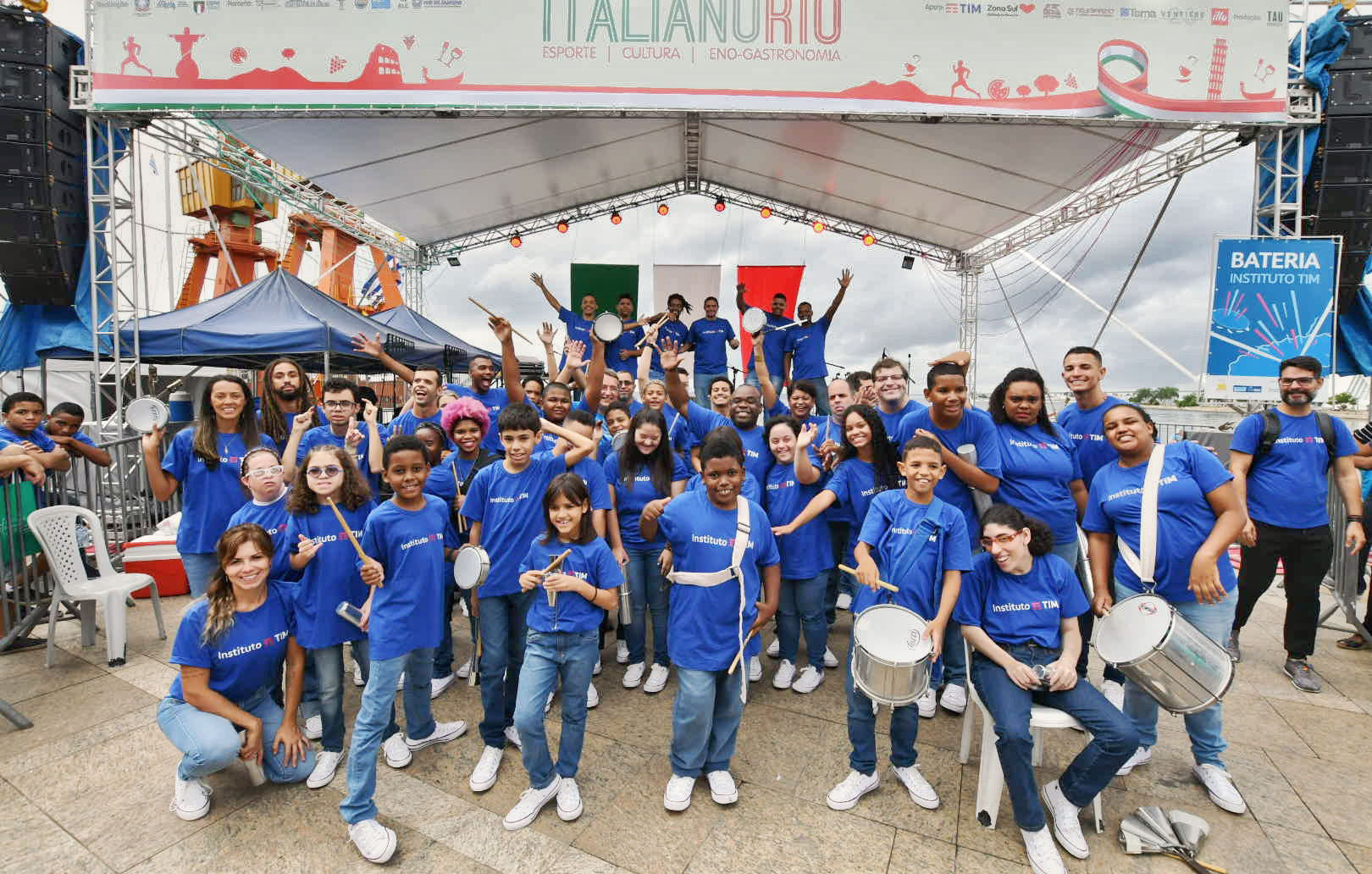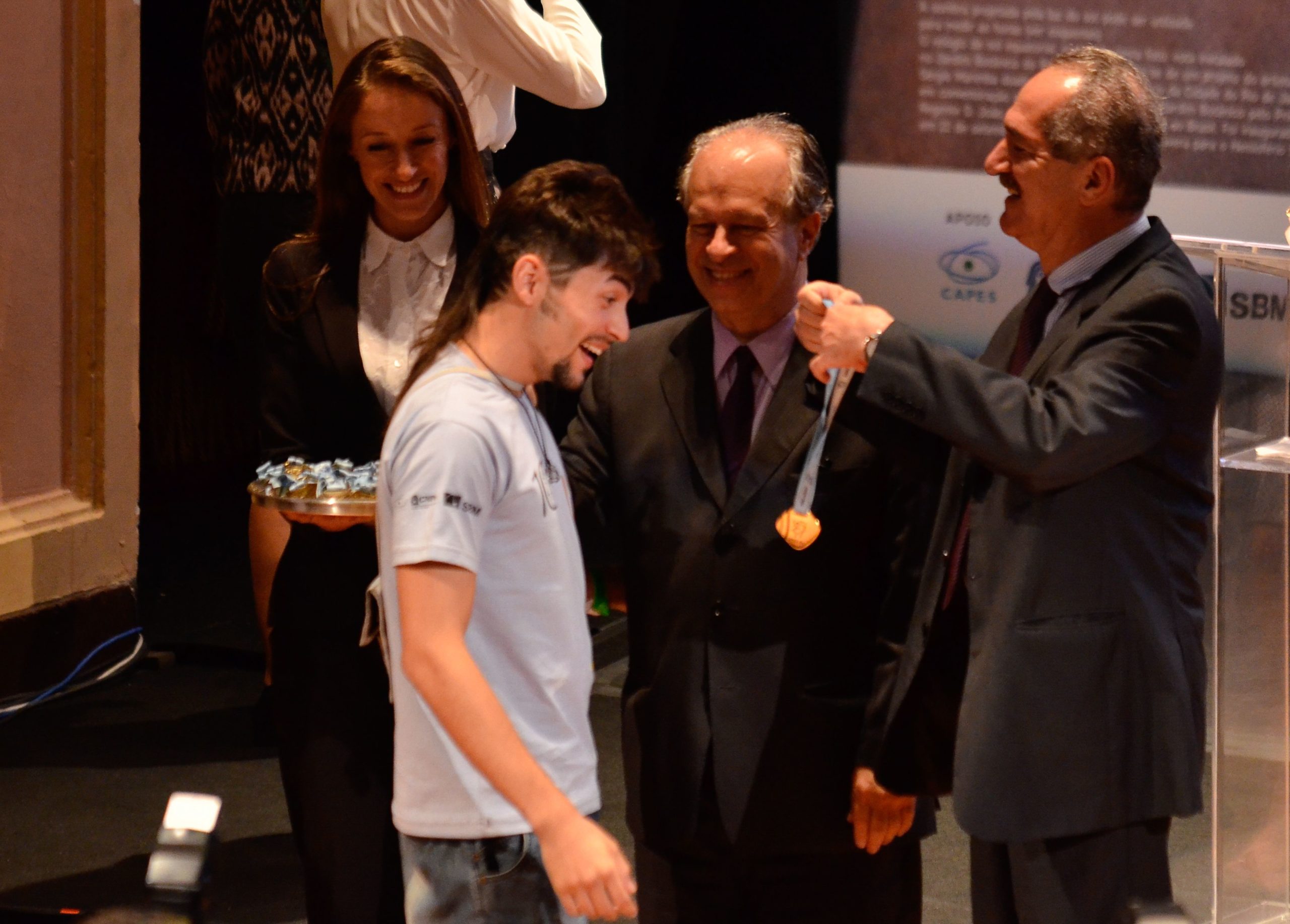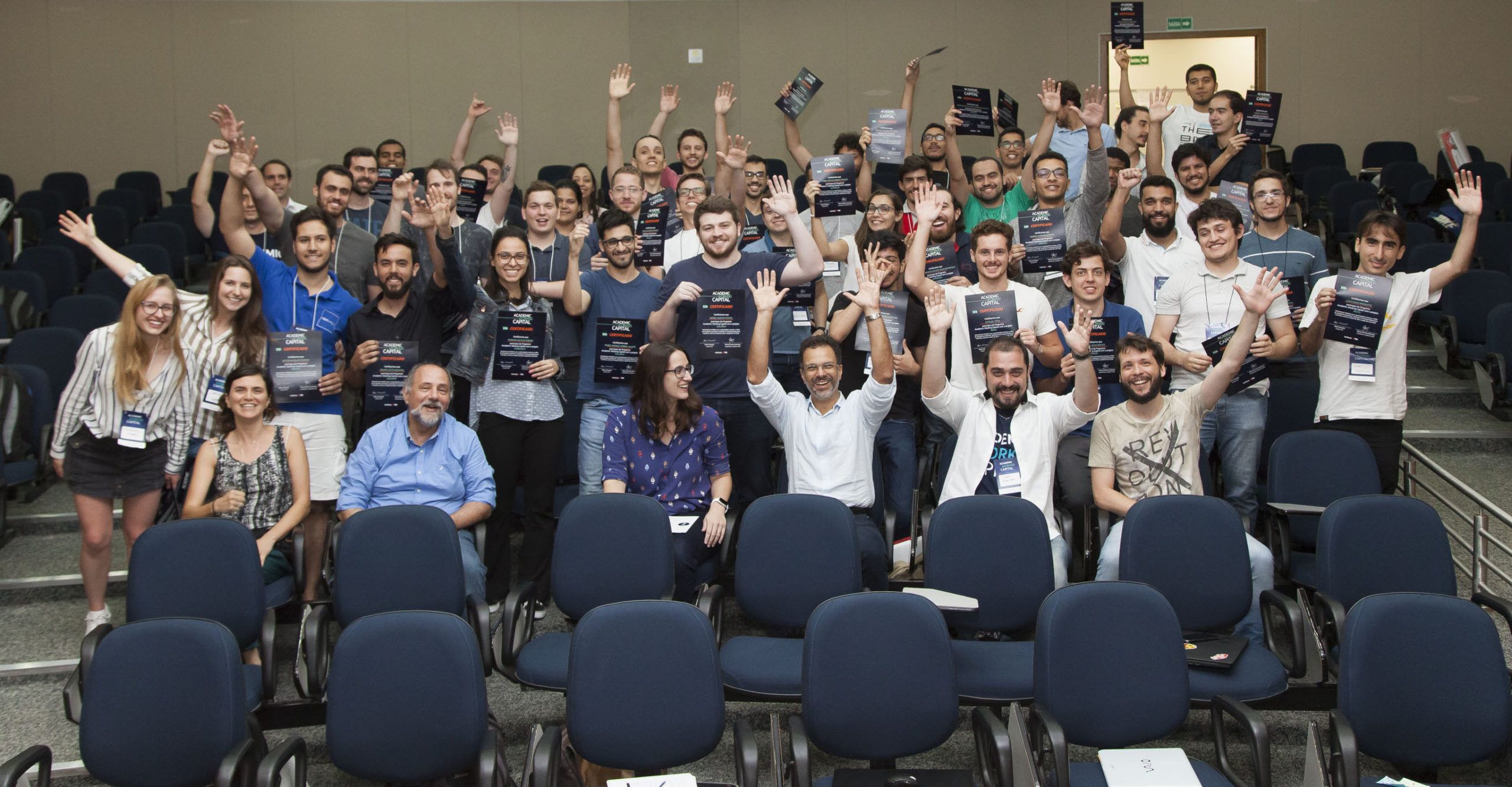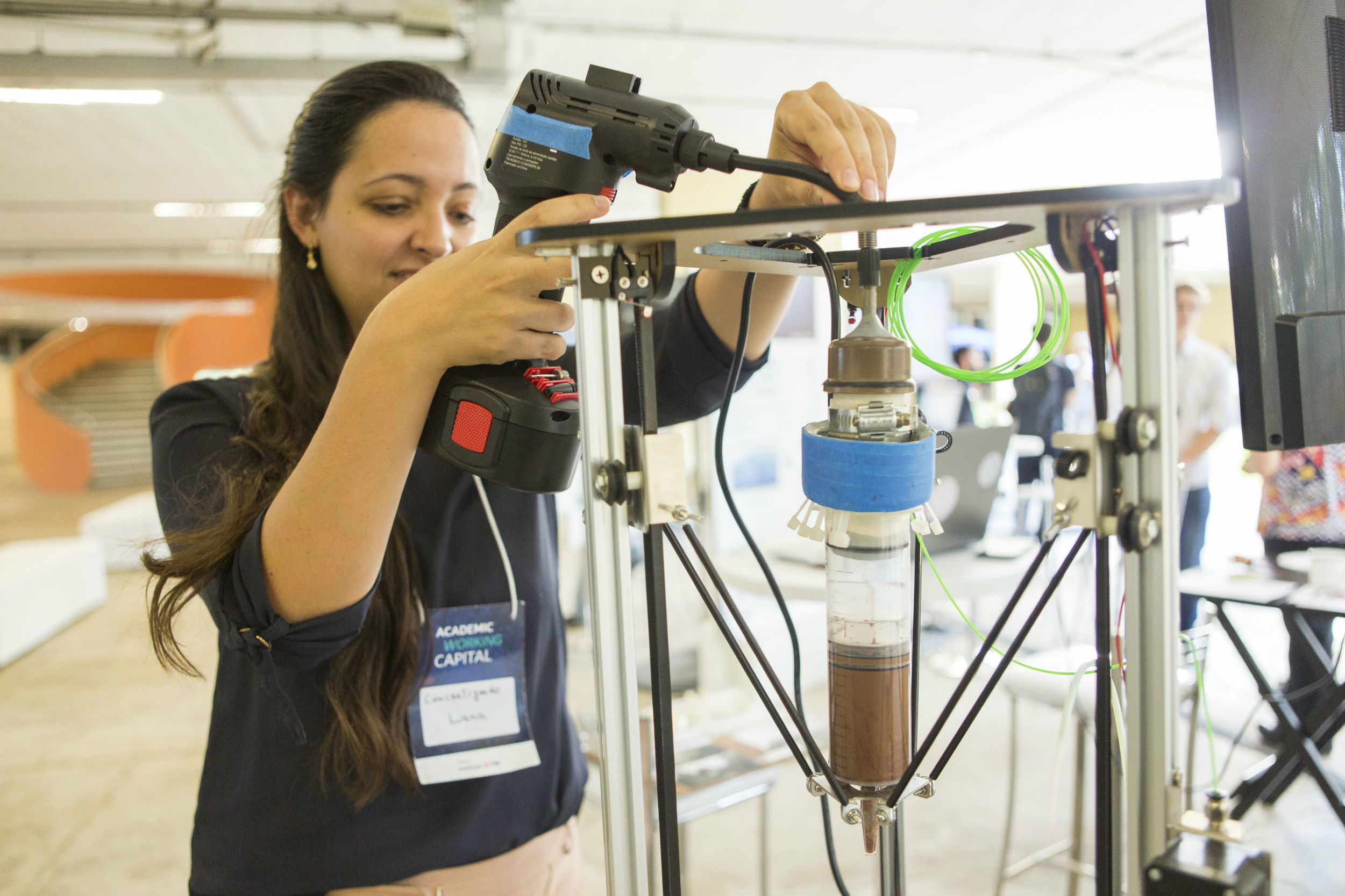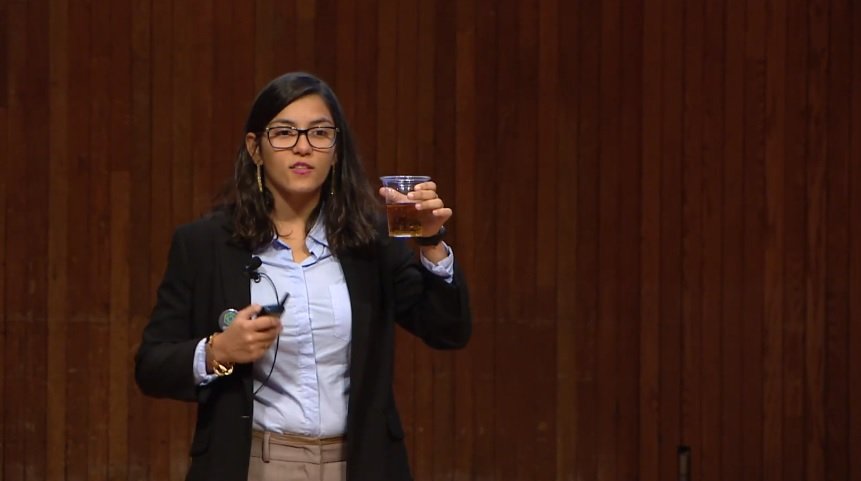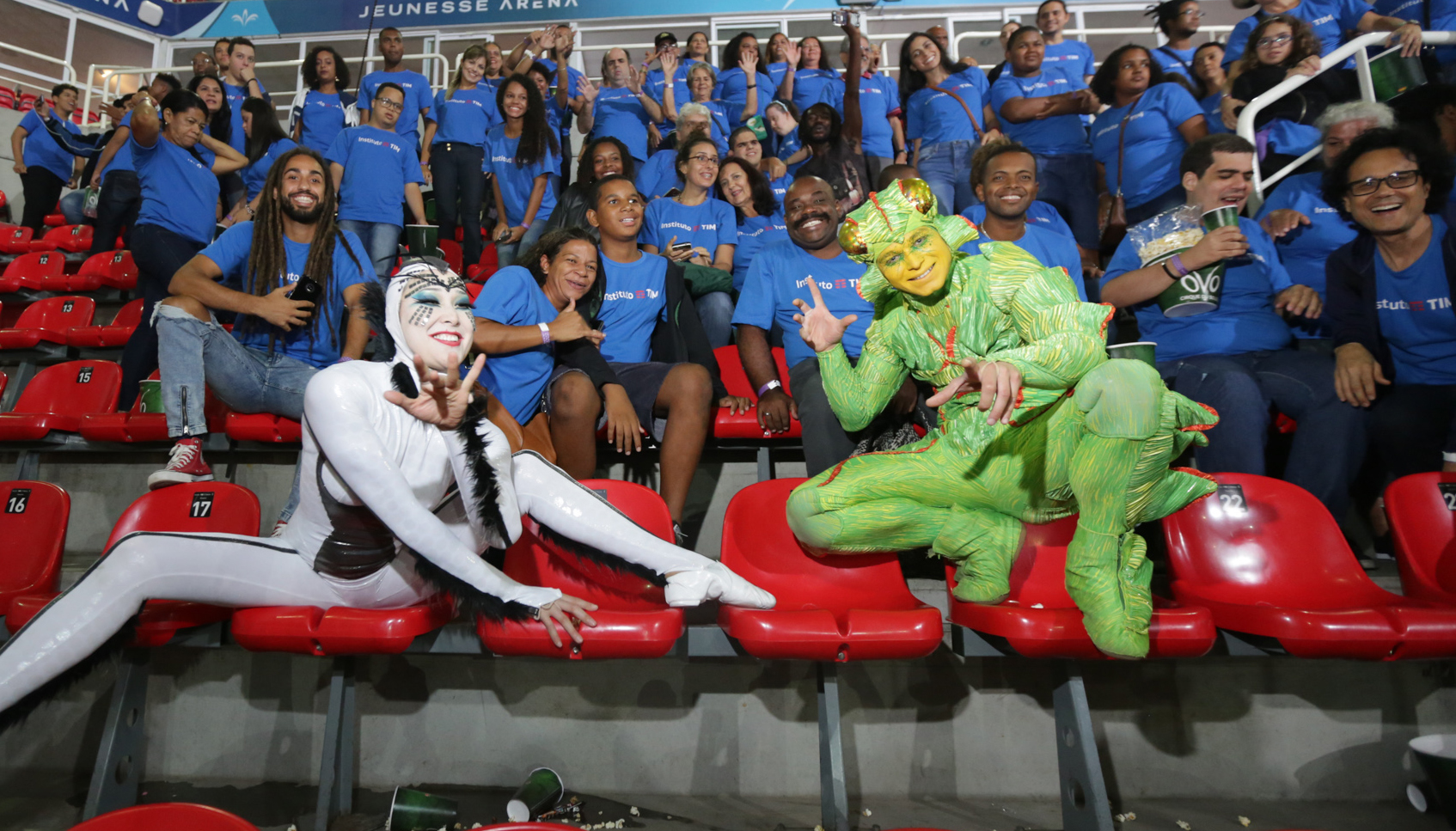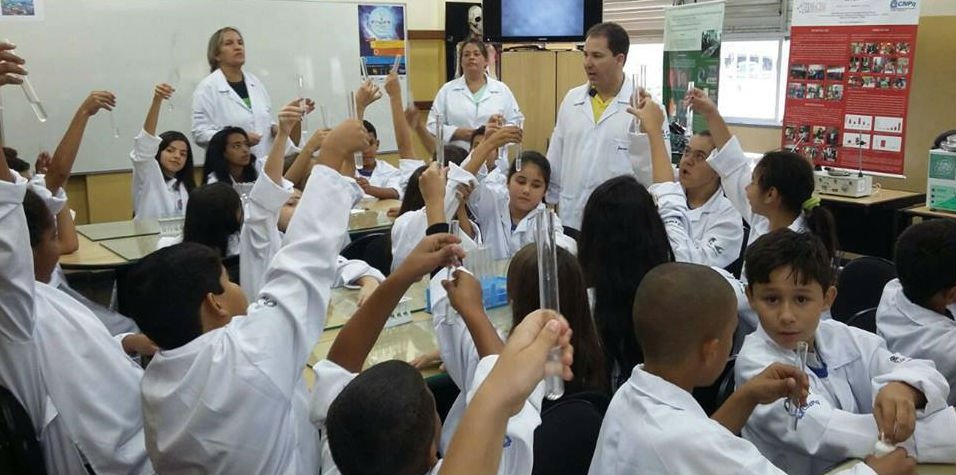
Two of the projects contemplated in the public notice to support science and technology museums and centers, launched in 2015 by Instituto TIM in partnership with the National Council for Scientific and Technological Development (CNPq), invite children aged 7 to 10 years old to learn about light and energy performing experiments and playing, while their teachers are given training. The initiatives, already in course, belongs to the Interactive Science Museum of South Fluminense (MICInense), in Barra Mansa (RJ), and to the University of the State of Amapá (UEAP), in Macapá (AP).
With the theme “A light to the children”, MICInense added experiments related to light to its previously collection, which contemplates areas as Physics, Chemistry and Biology. Luciano Gustavo Oliveira da Silva, project coordinator, observed an increase in the visitors. “Almost every day we have schools scheduled”, he said.
Students stay four hours in the museum. The first three hours are in the lab, where they can observe prisms, kaleidoscopes and the Newton disk and make several experiments. One is the firework experiment, in which chemical reactions involving elements as strontium and copper sulphate liberate different colors. Another experiment shows the energy conduction in water with salt solution to explain electric discharge and alert children about lightning.
Get to know two other projects contemplated by the public notice
In the exhibit hall, children interact with materials as the Van de Graaf Generator, a device that makes hair stand up when touched, and the generator bike, which lights up a panel when visitors pedal it. The sustainable little house simulates how many kilowatts are spent in each device. The project coordinator says that the students’ response has been positive. “Many say they want to be scientists. When it ends, they don’t want to go home”, he tells.
Besides the exhibit, 500 public school teachers from Barra Mansa have received training and 98 took practical workshops early in 2016. They learned activities related to light and have applied them in classroom throughout the semester. The initiative was concluded with a week of pedagogical exhibit. “It was the key point of this project. We were able to mobilize the 54 school units contemplated”, he says. There are two more workshops to teachers in the plans.
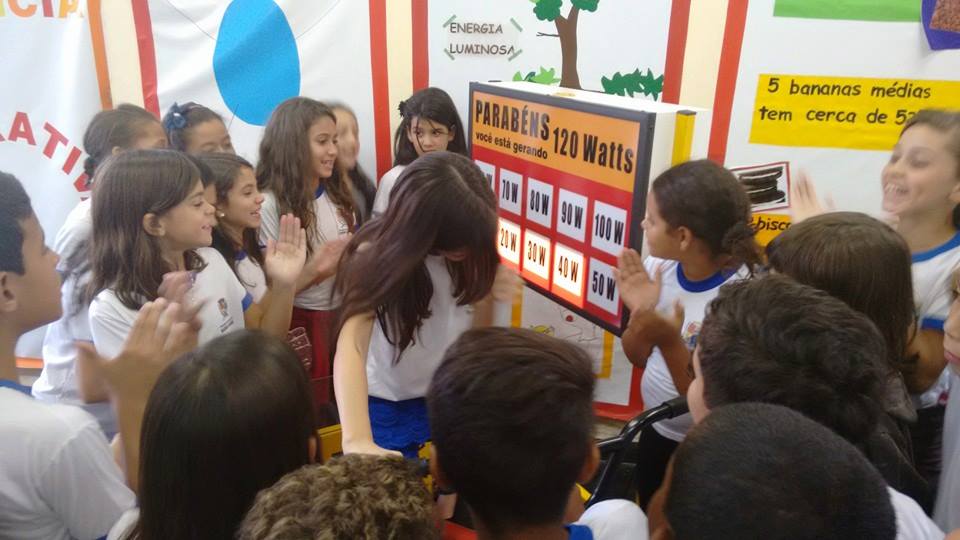

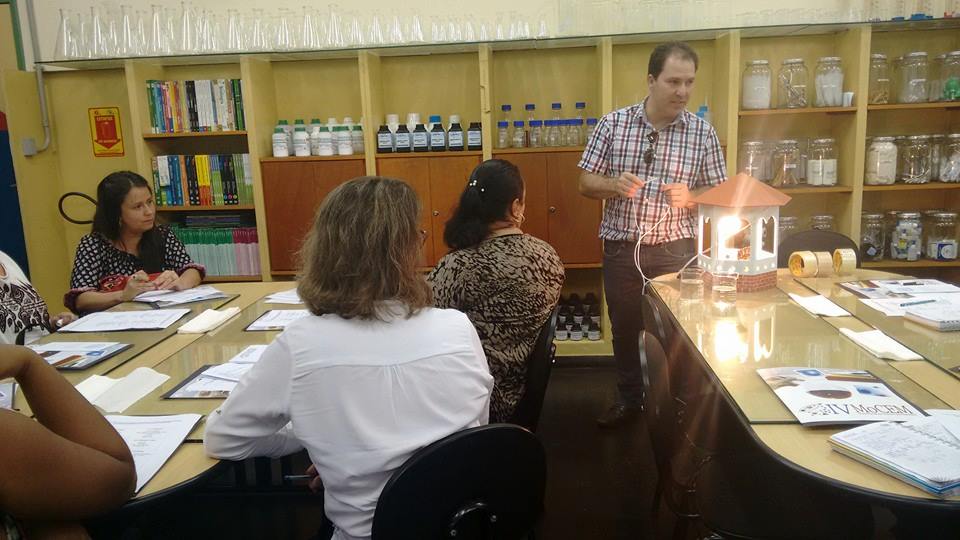
In UEAP, children can learn with toys related to light made especially for this call for bids. Among the toys are domino and card games about alternative energy and a miniature house that demonstrates the use of solar energy. In track games, children answer questions to test their knowledge on the theme. Besides the playroom, located on campus, a tent with replicas of the toys will go to public schools in Macapá and other three cities in the region: Santana, Porto Grande and Mazagão. About 50 schools and 5.000 students shall participate on the project.
Children also receive a booklet which address wind, hydraulic, biomass and wave energy. “It wasn’t easy to find this concept, but we were able to explain energy in an understandable way for children”, says Ângela Ubaiara, project coordinator. The theme is presented through comics and the booklet contains word searches, crosswords and seven errors games.
Teachers from the participant schools take one week of training at UEAP, with lectures about solar energy and the use of alternative sources, besides a workshop on activities to be held in classroom. “The project is important in two ways: the tent works alternative energy with children; it is an educational and awareness work. The second is the teachers training, so they can continue this work”, says Ângela.
